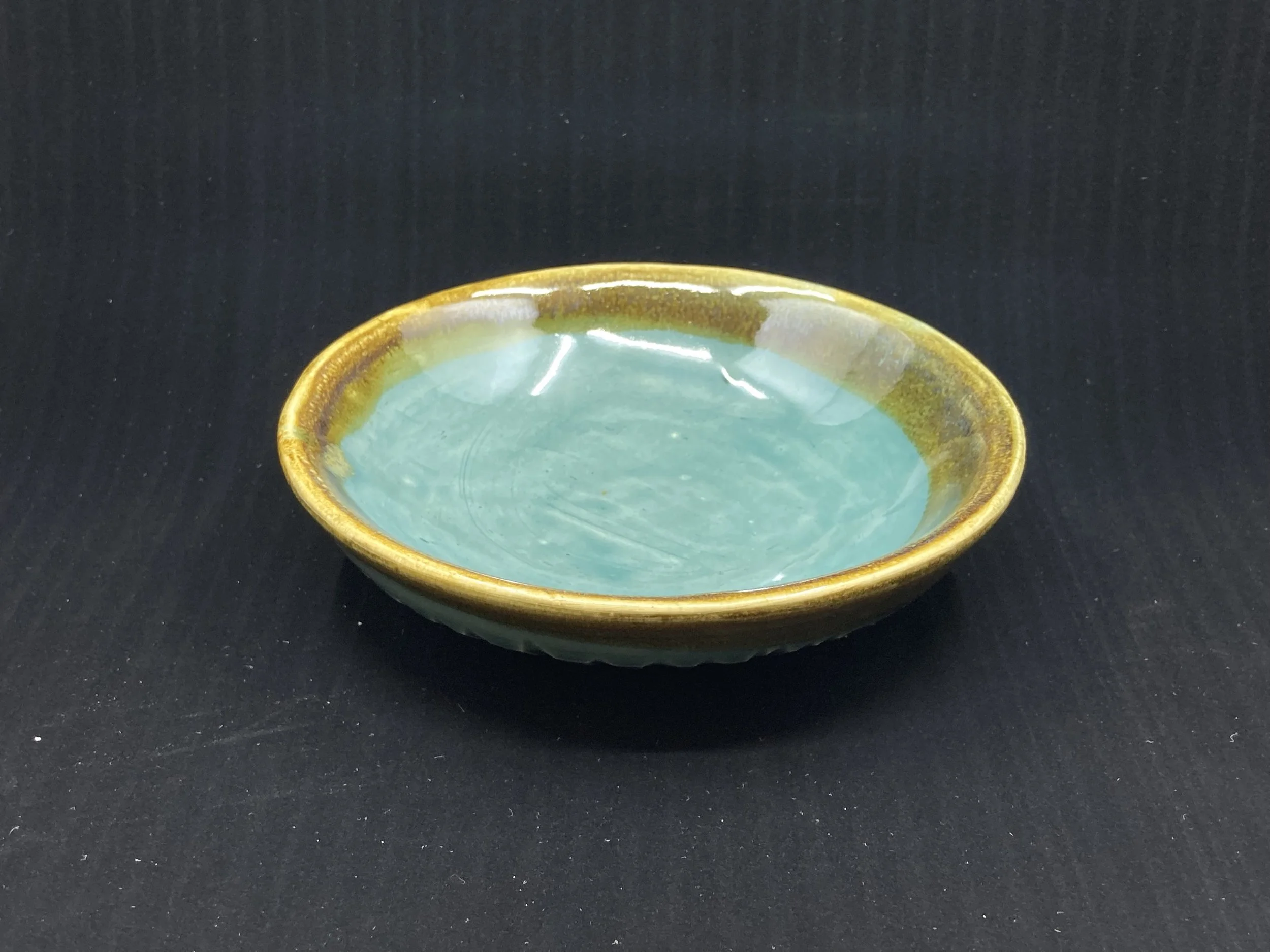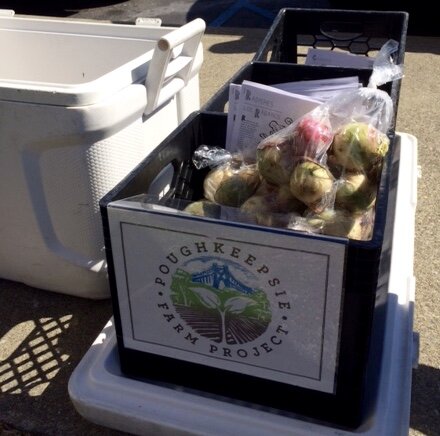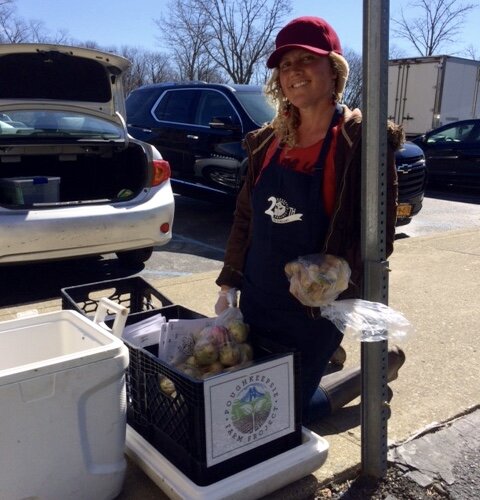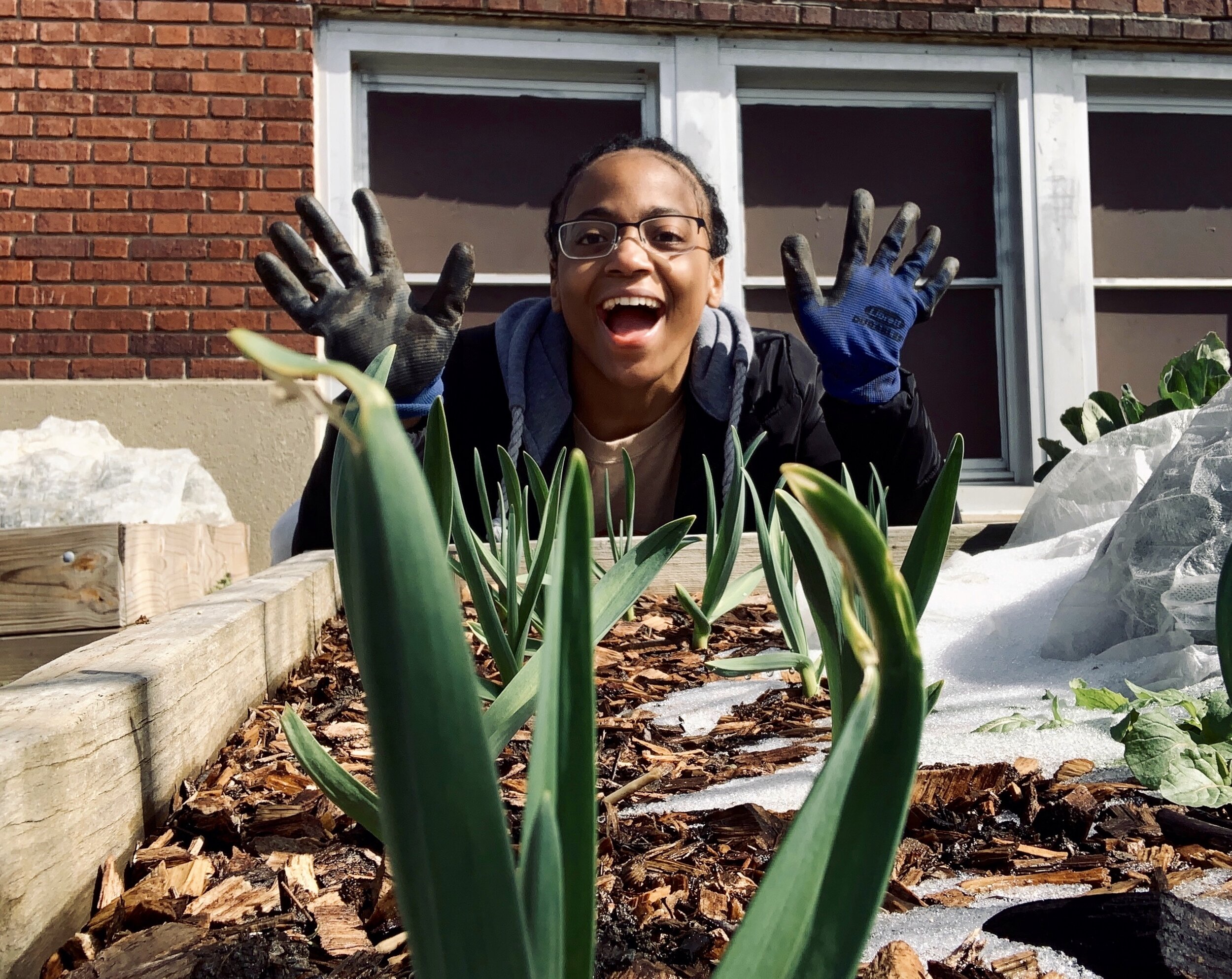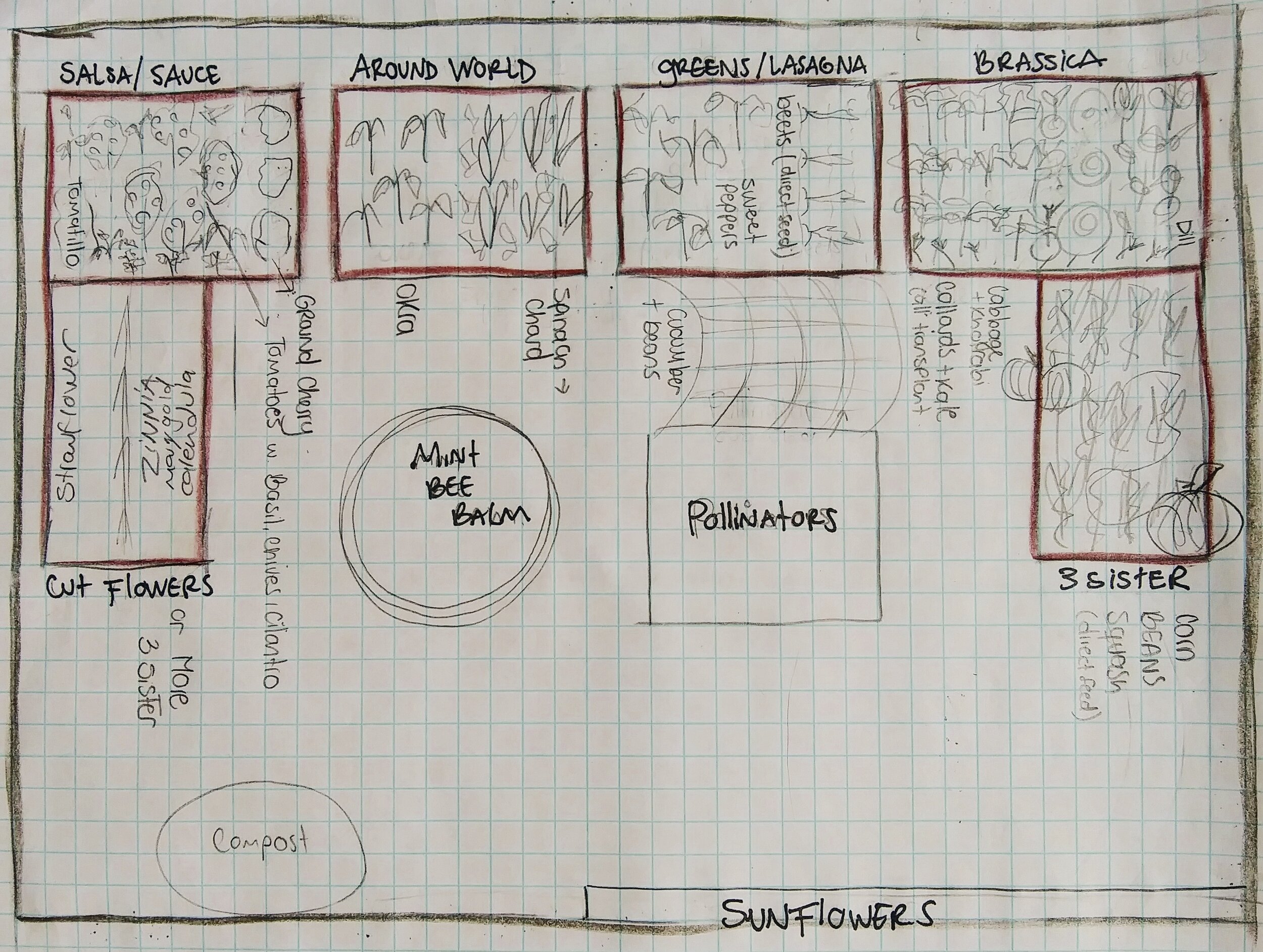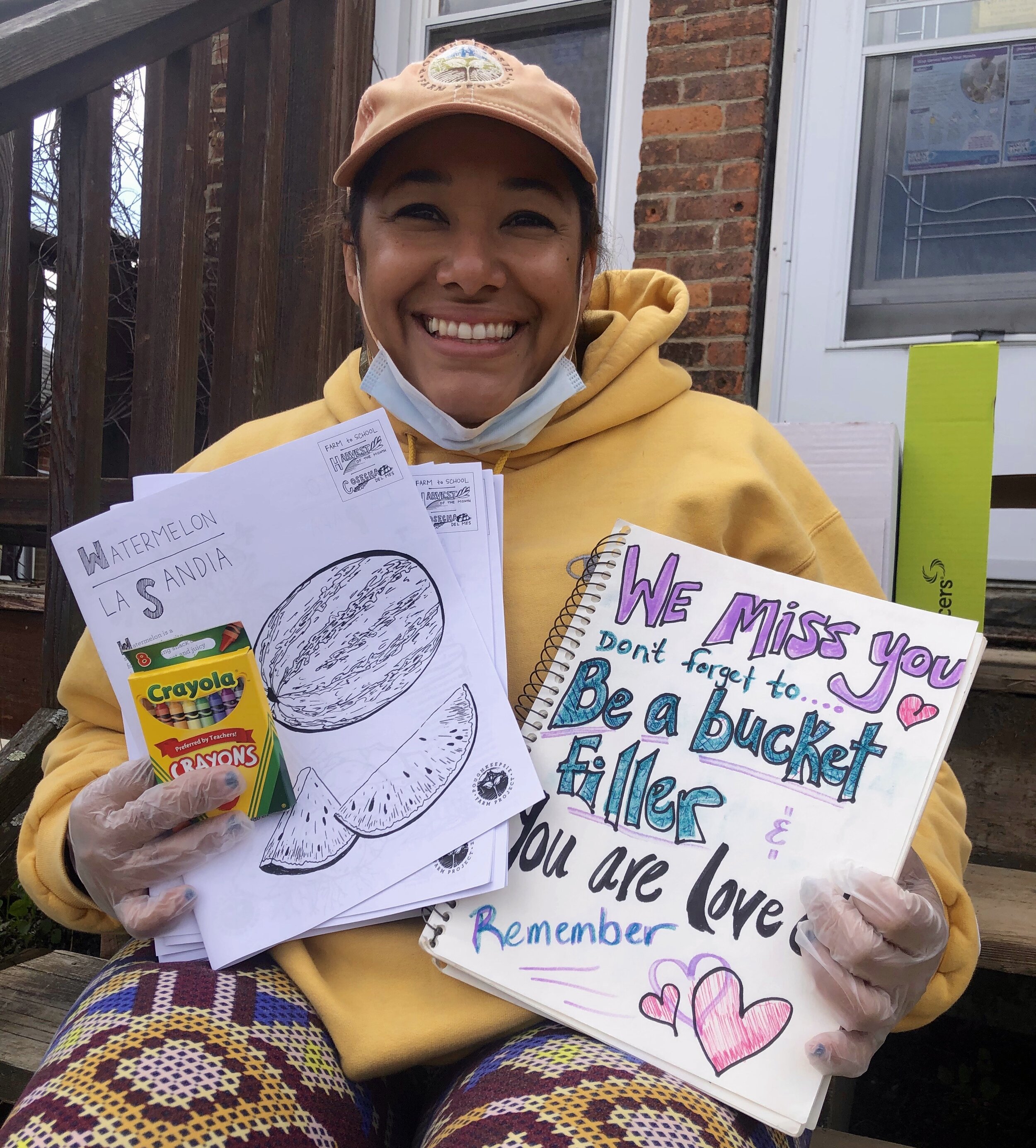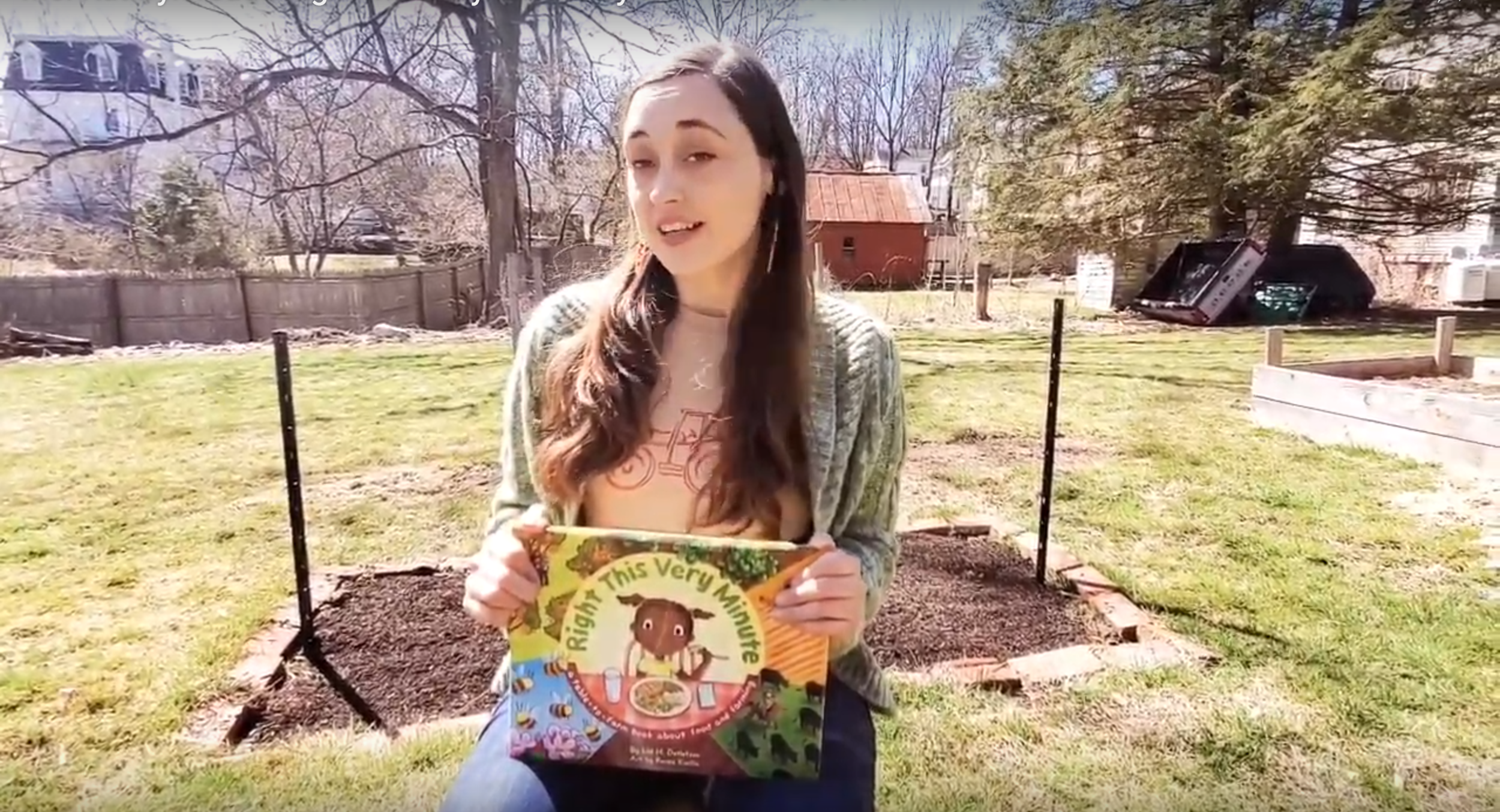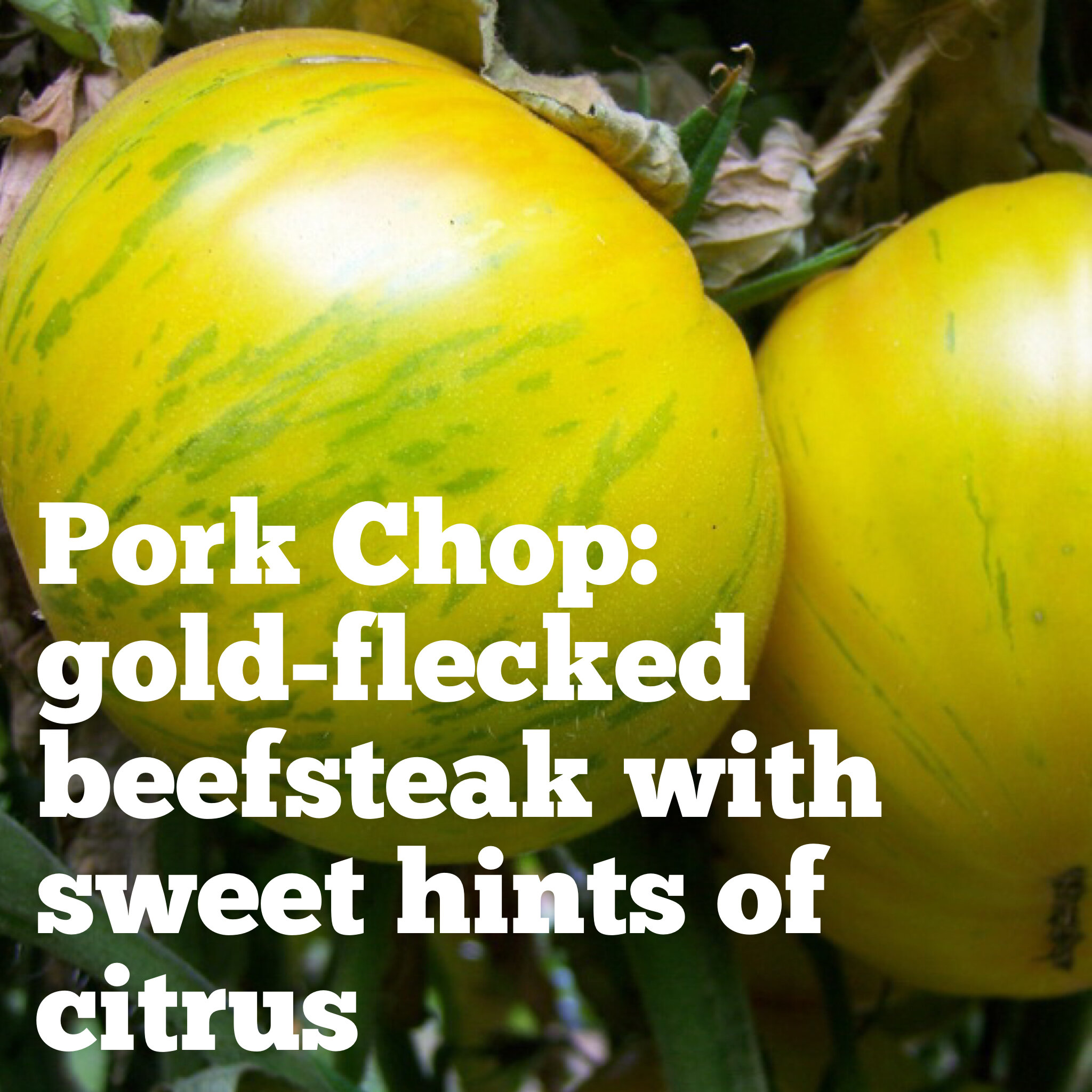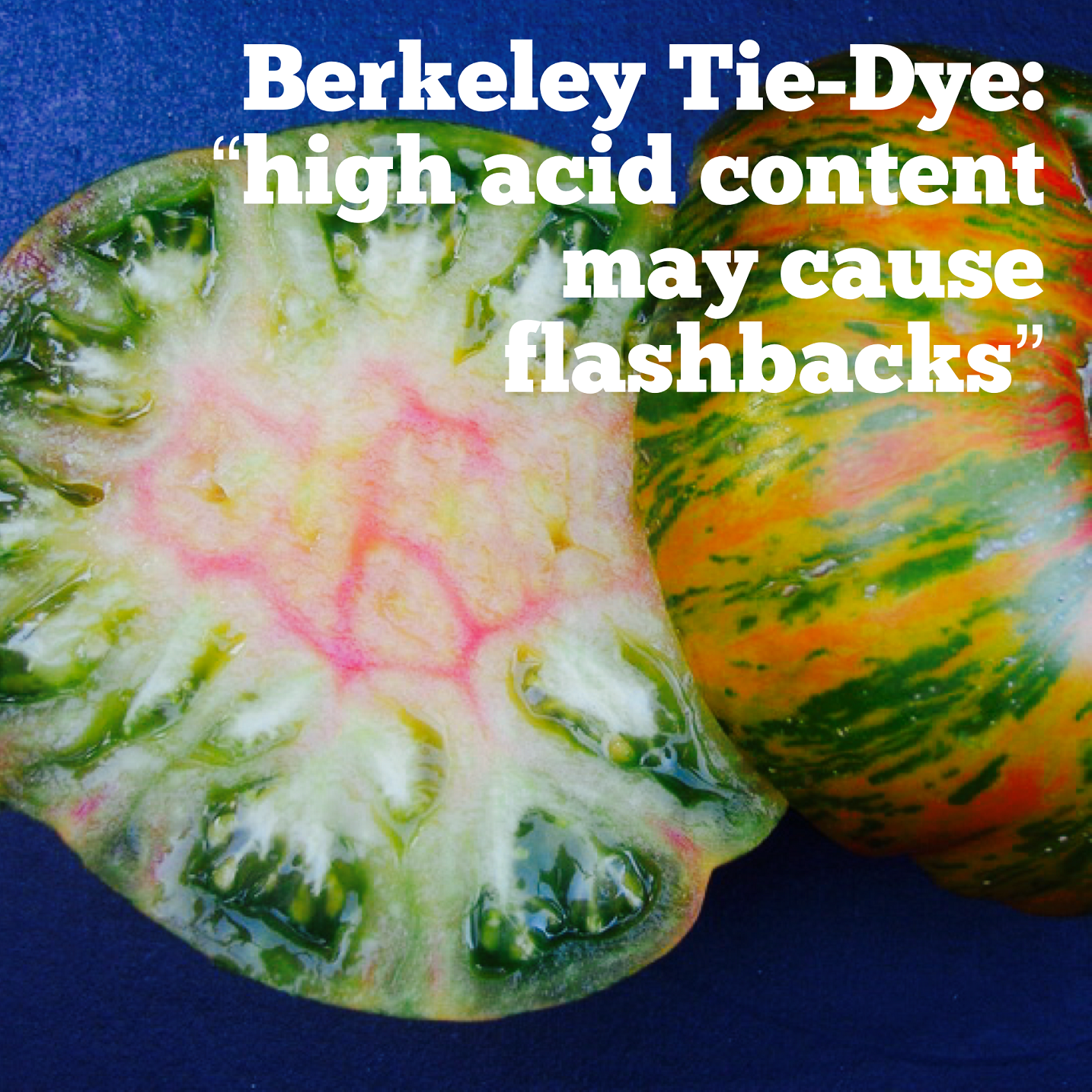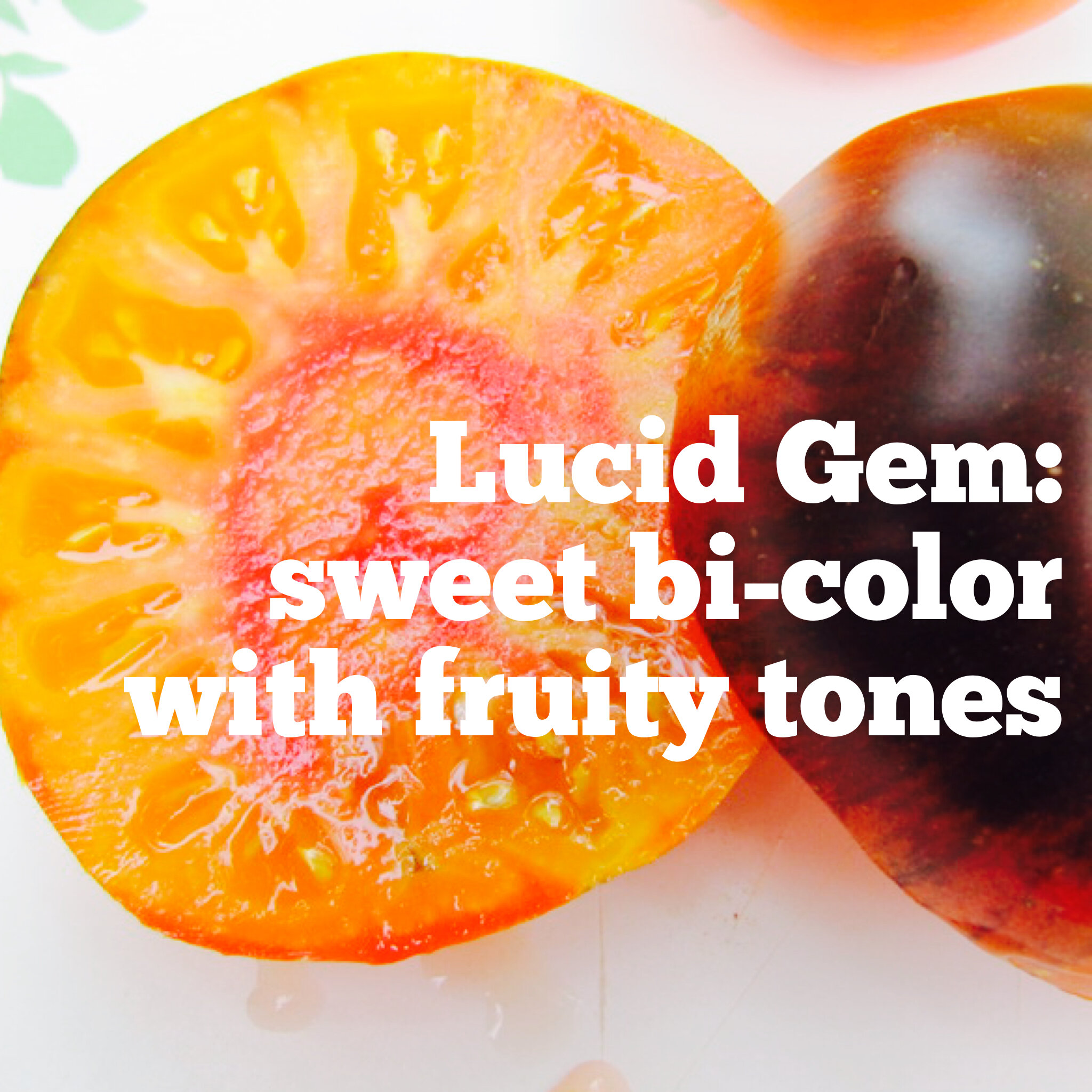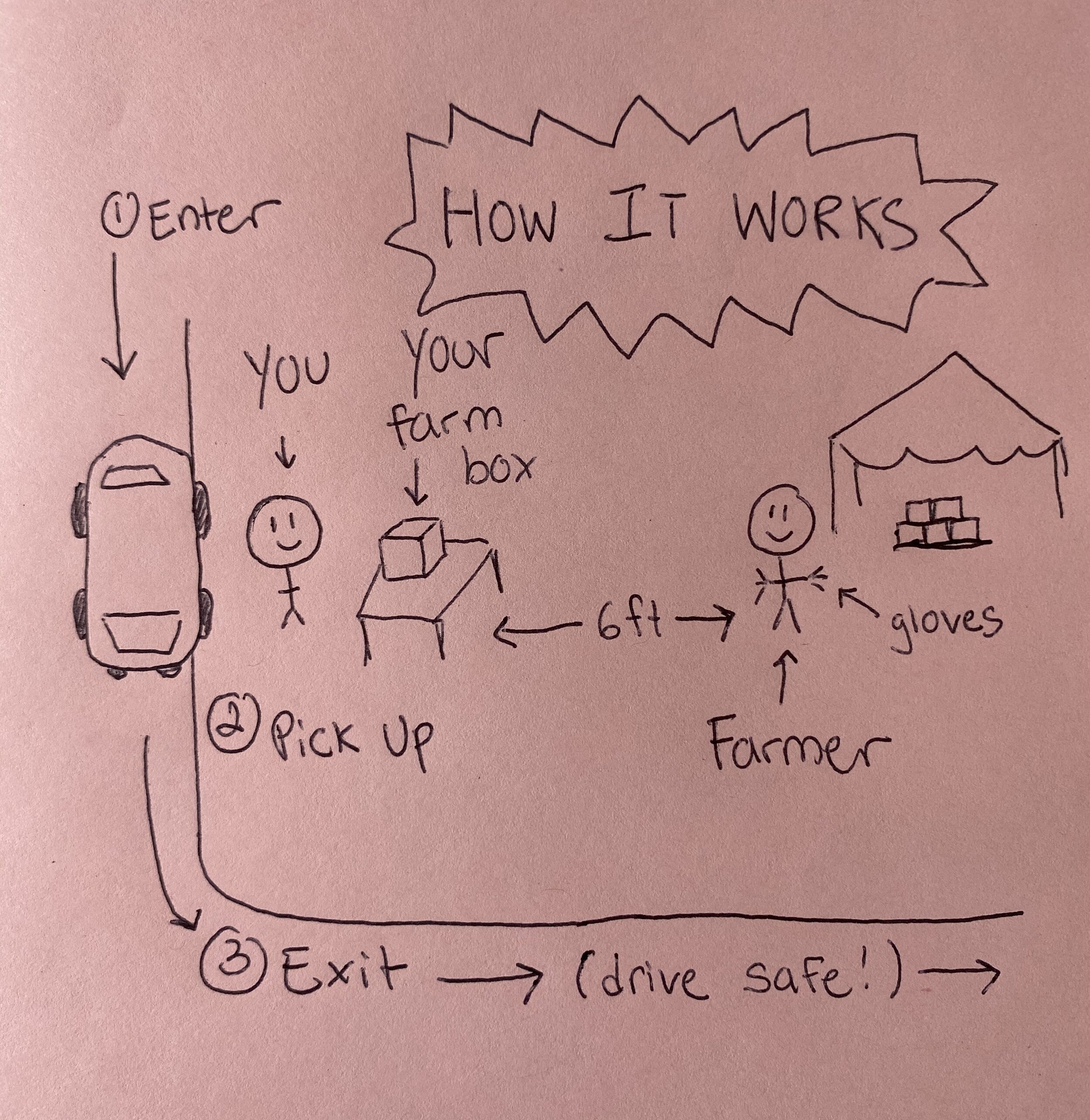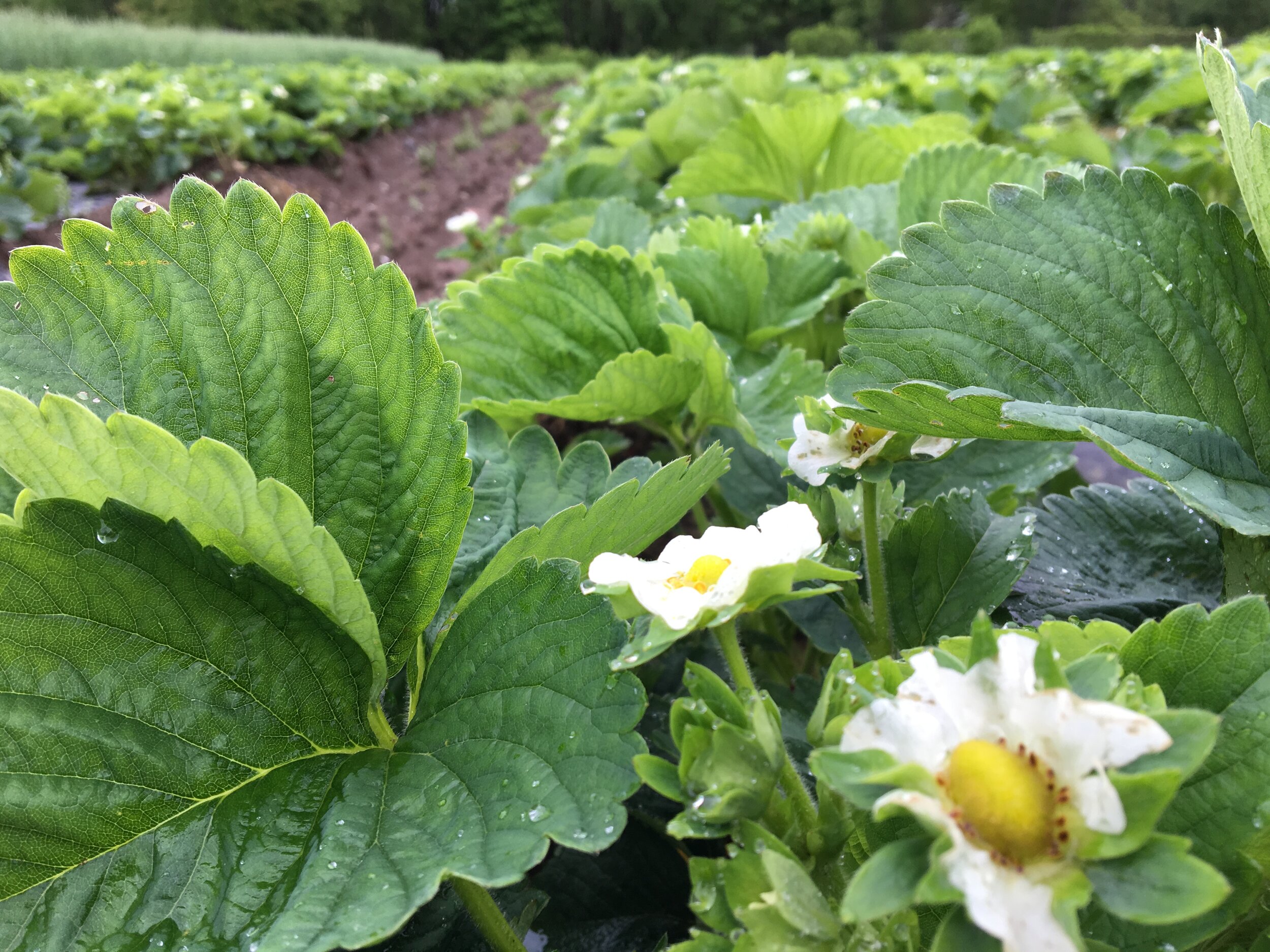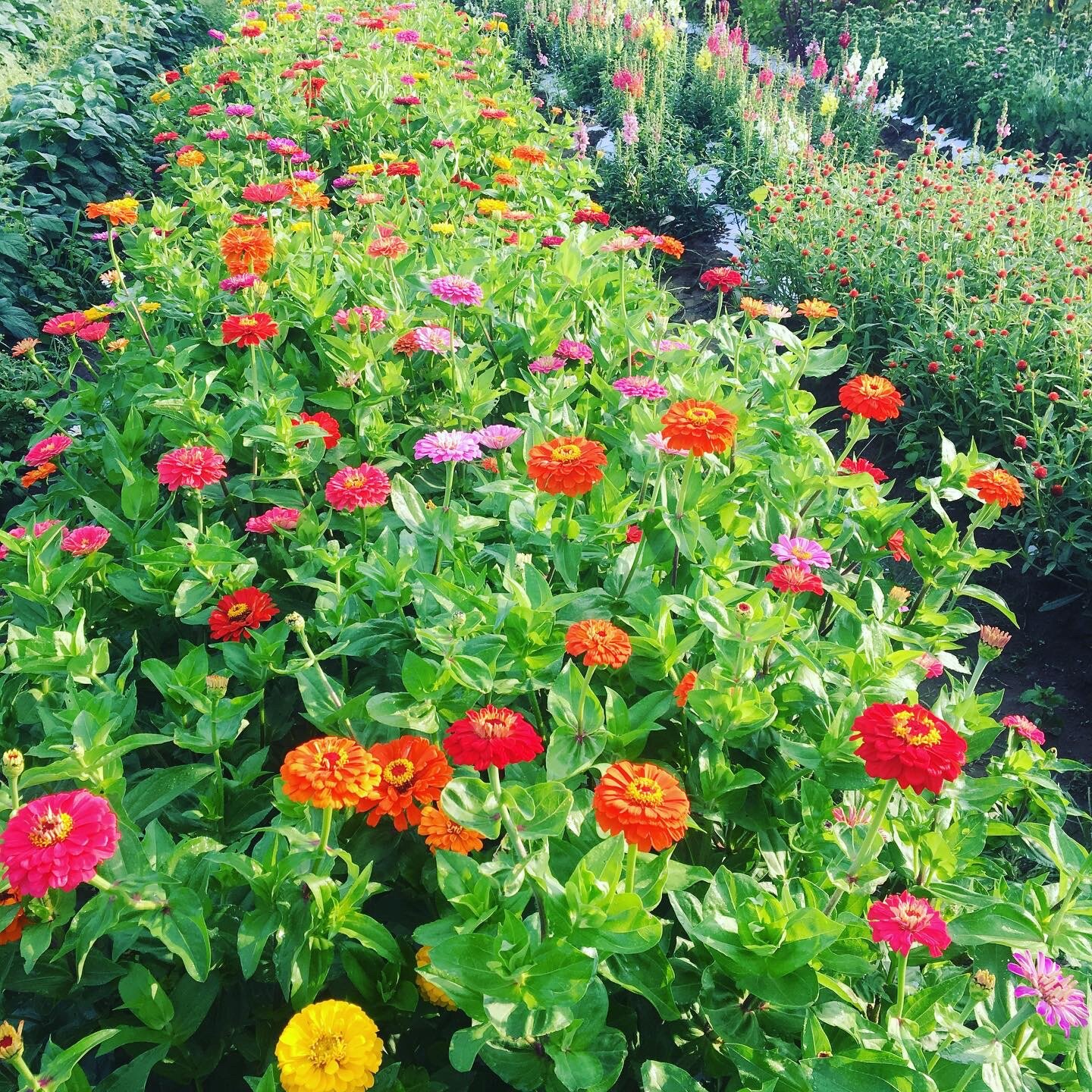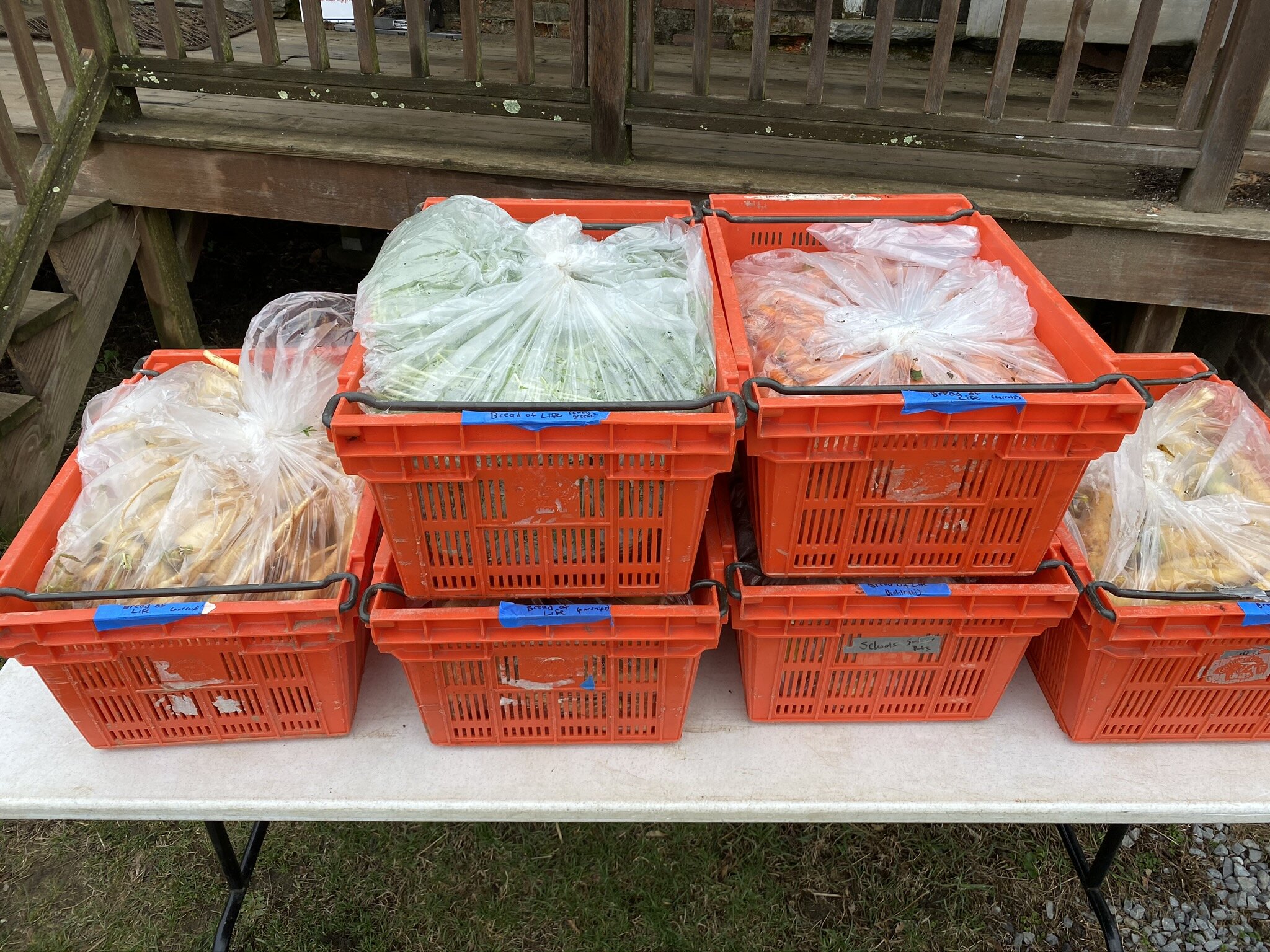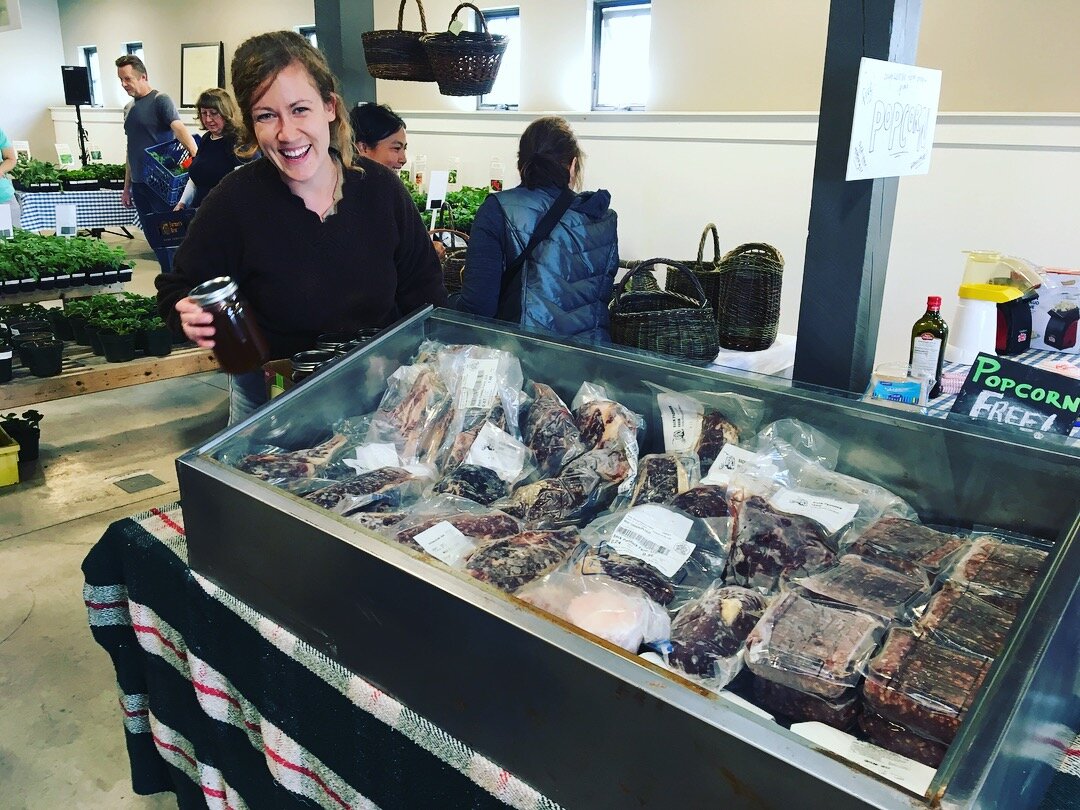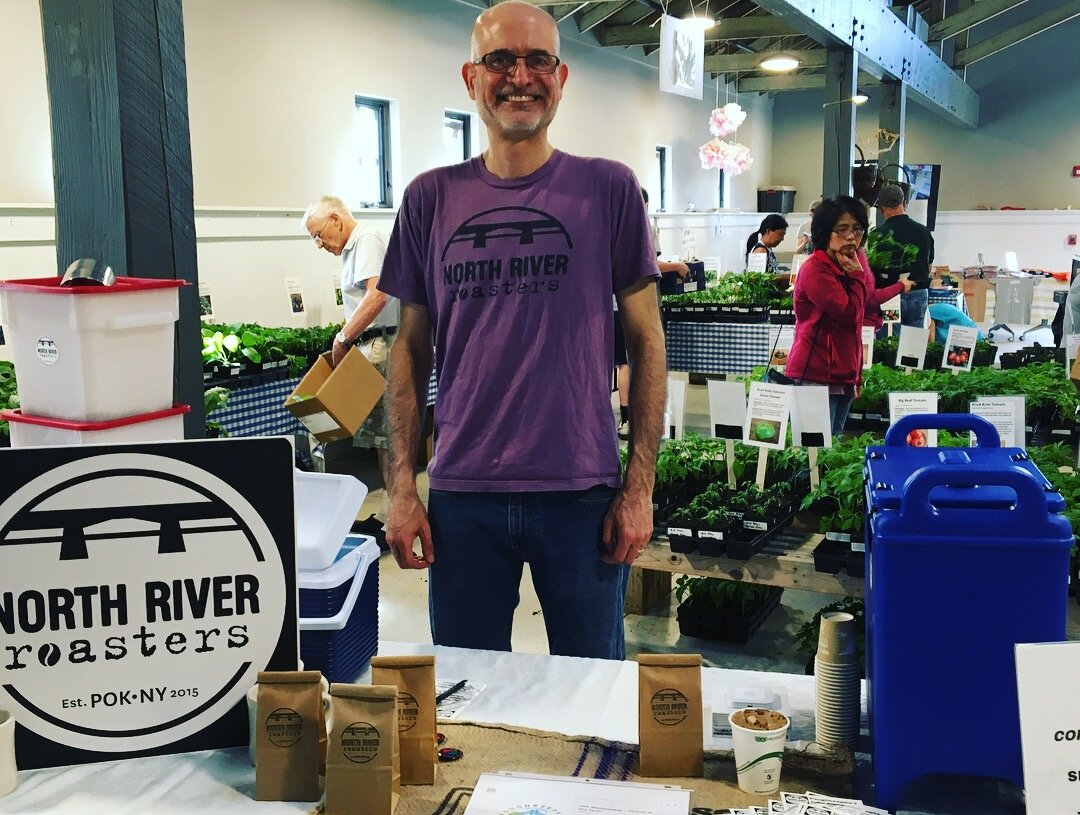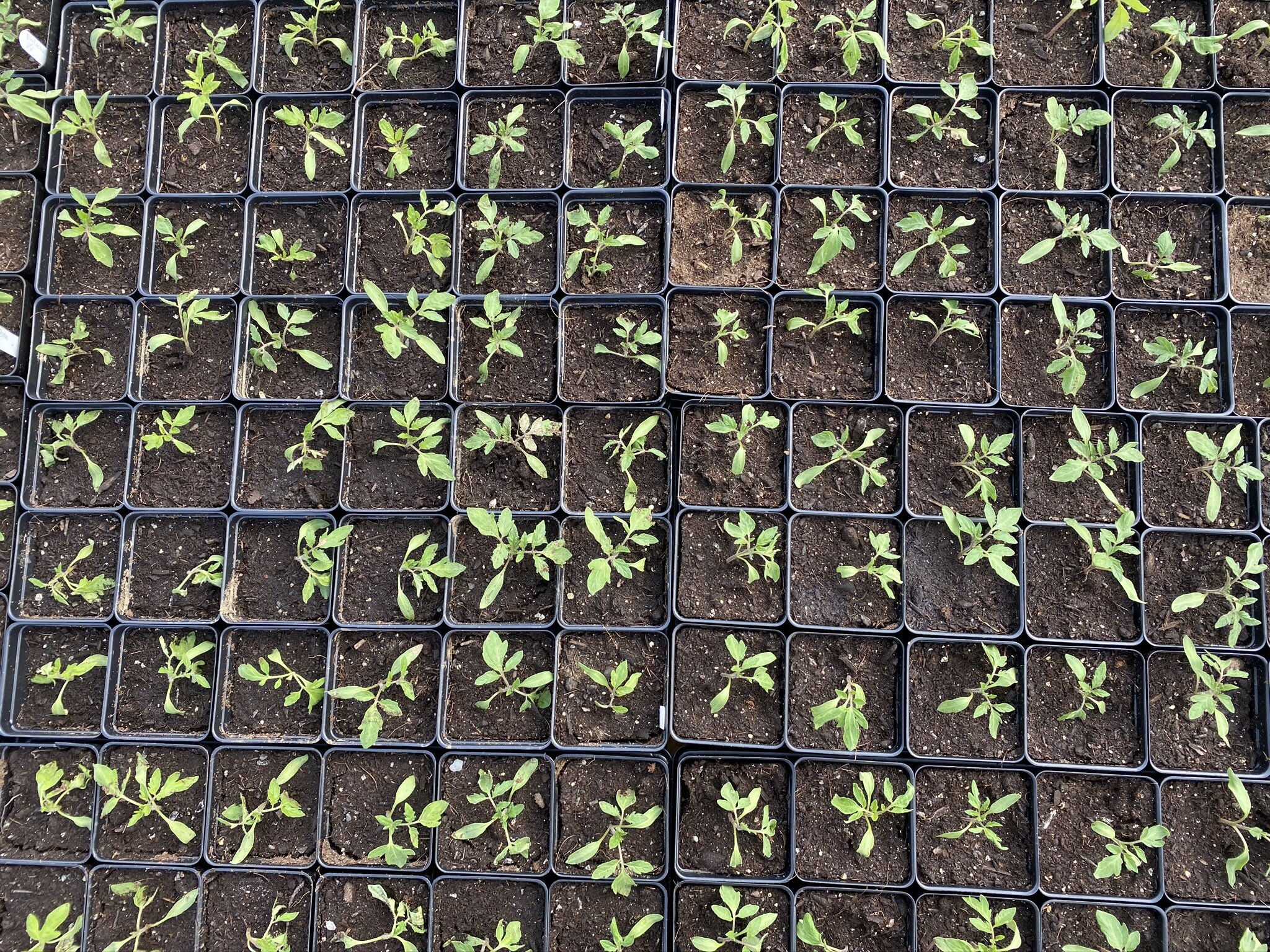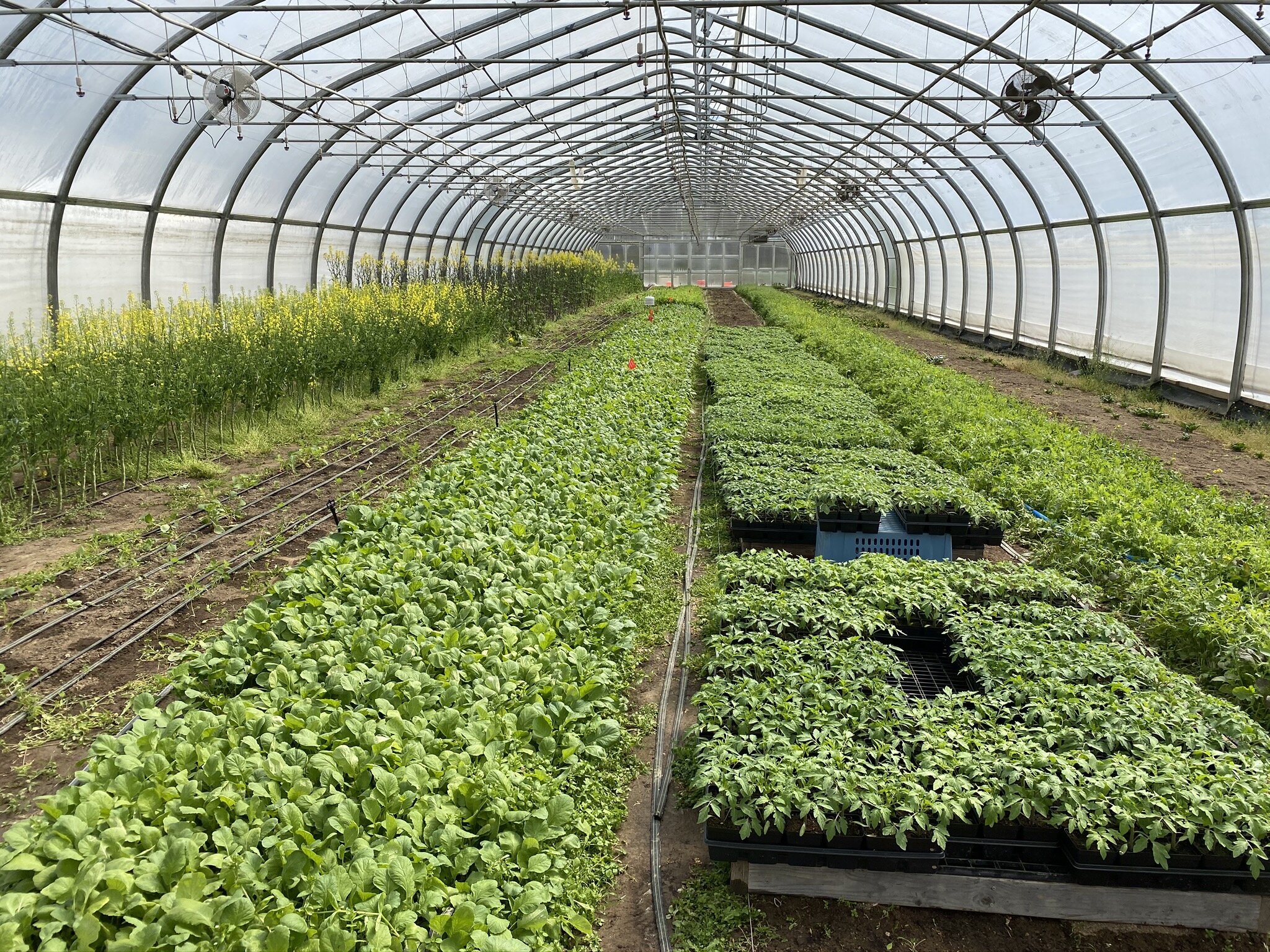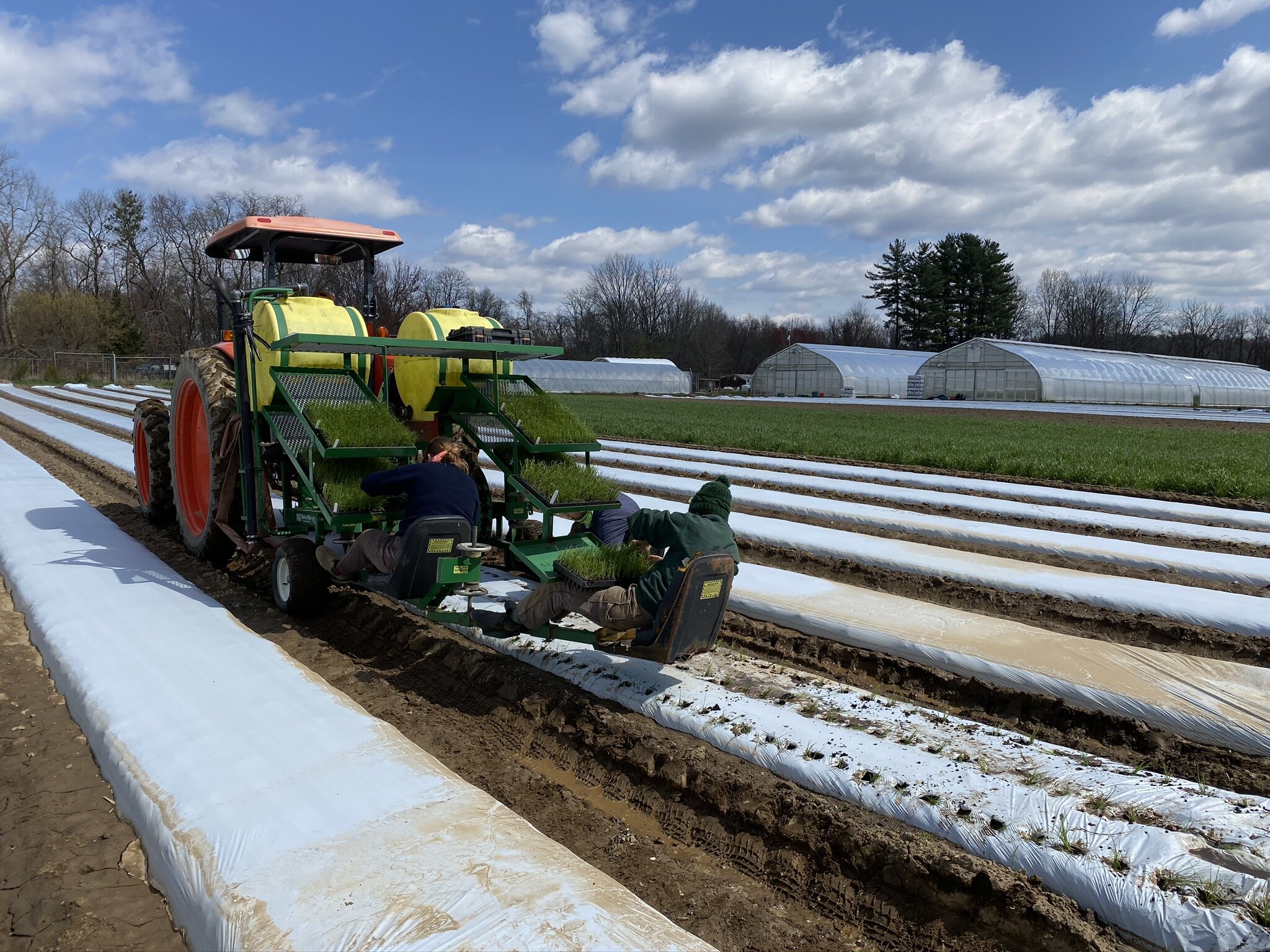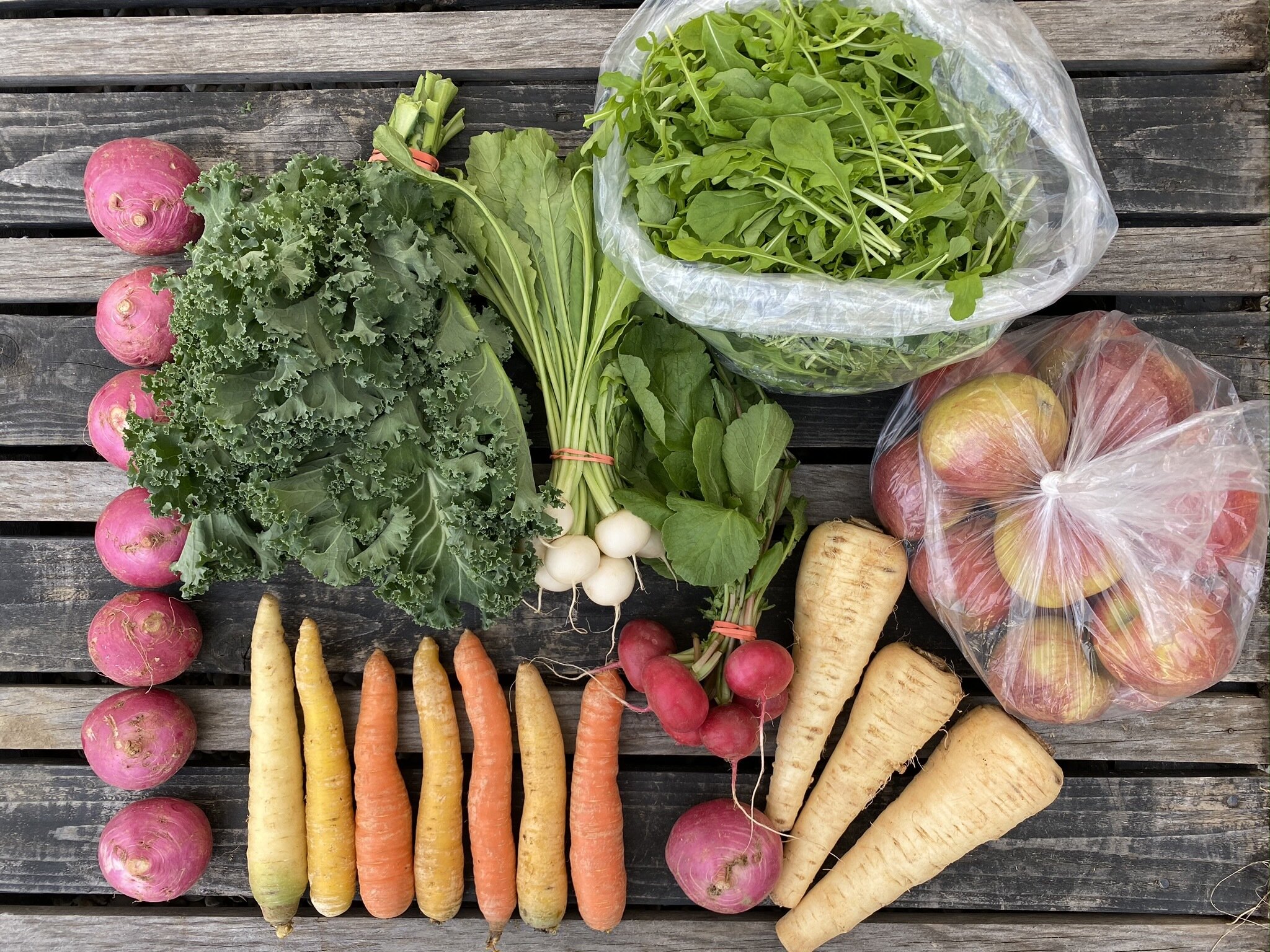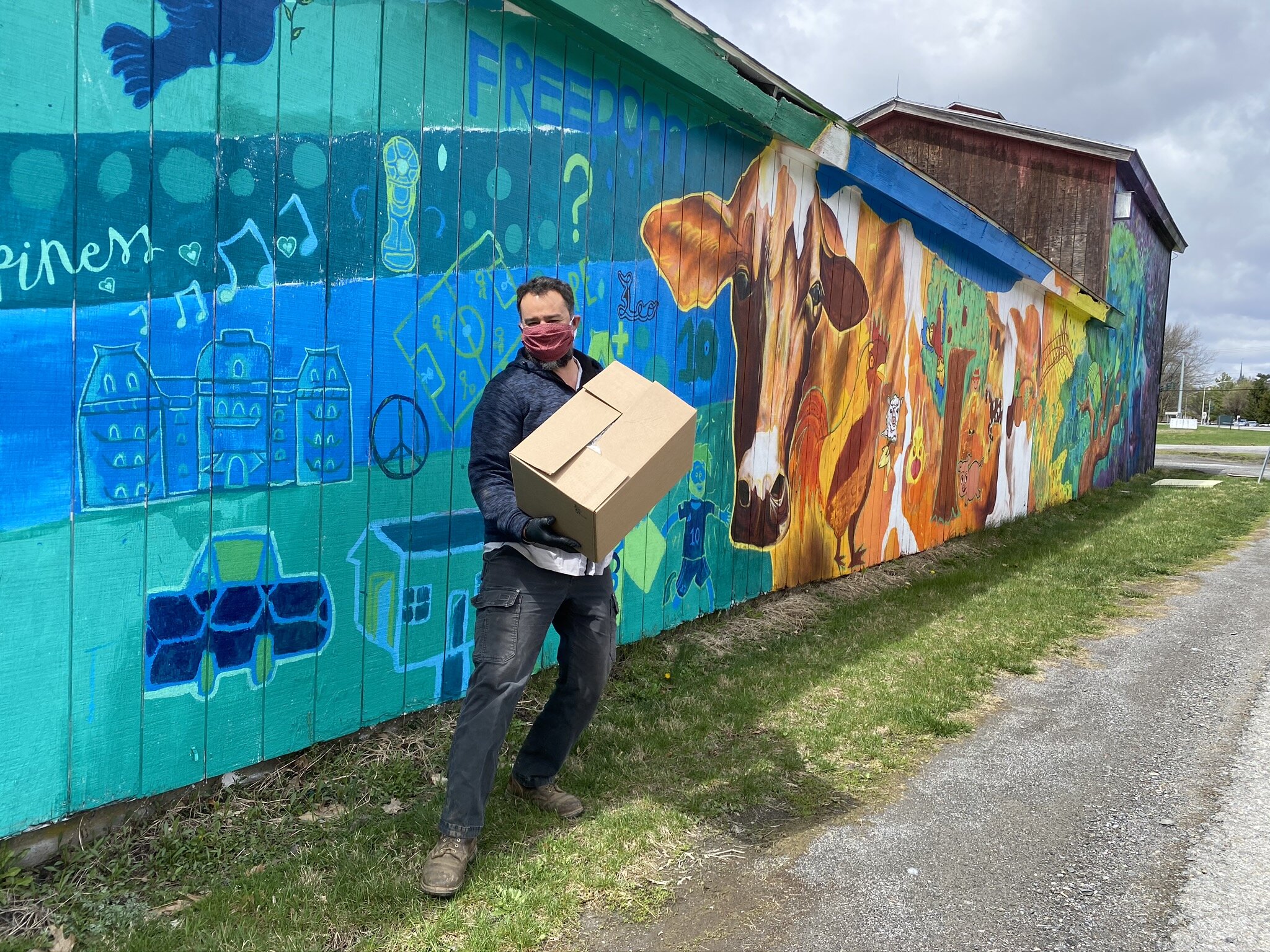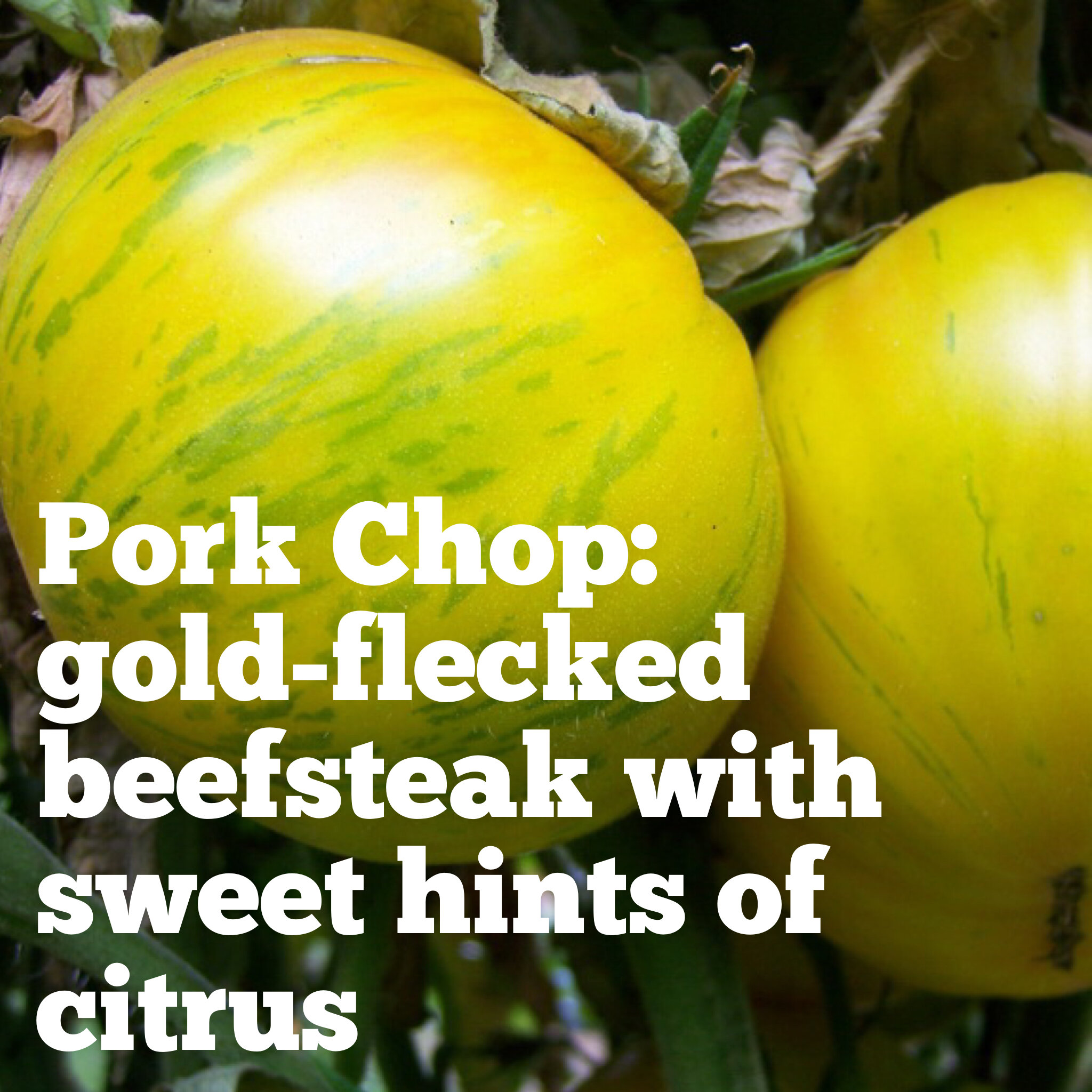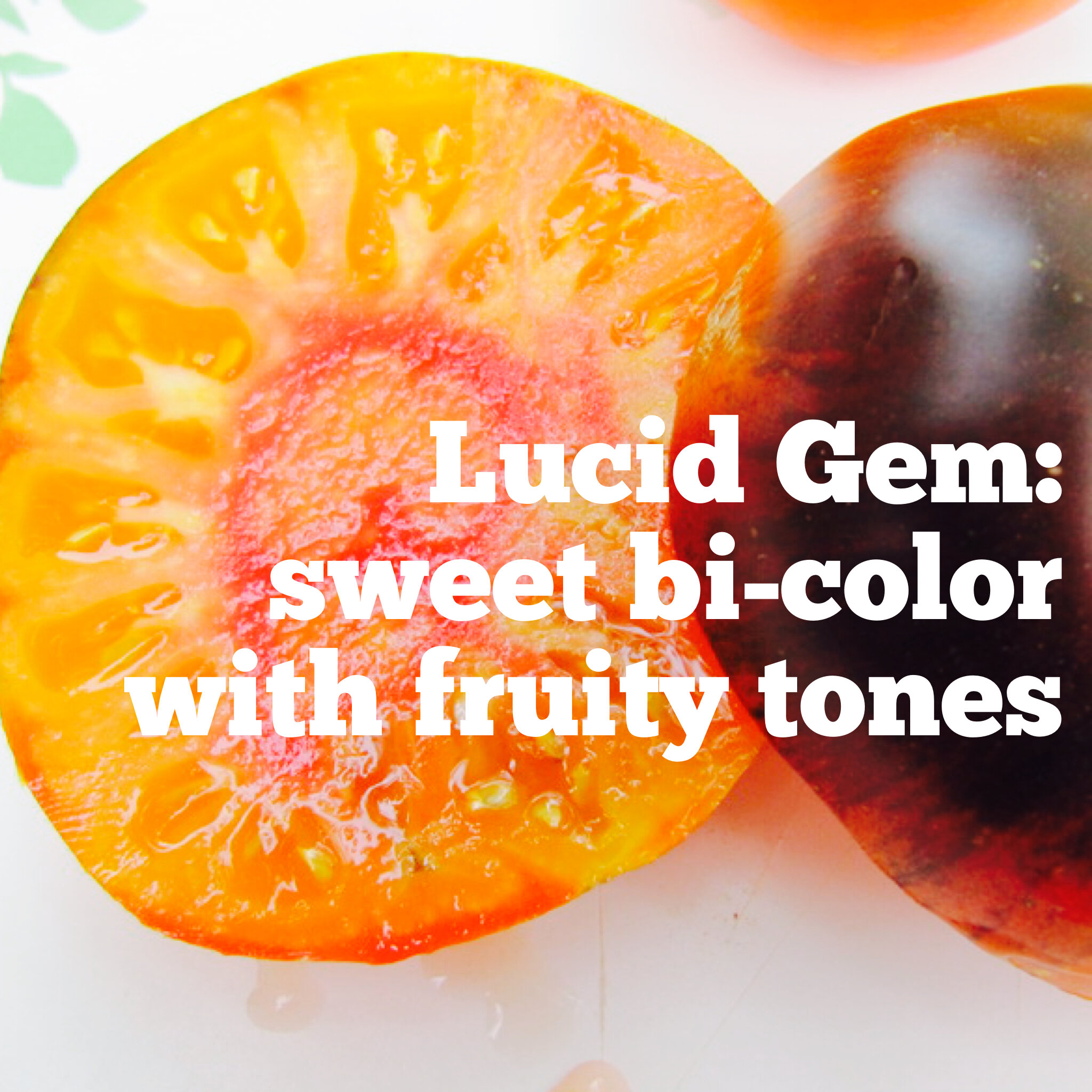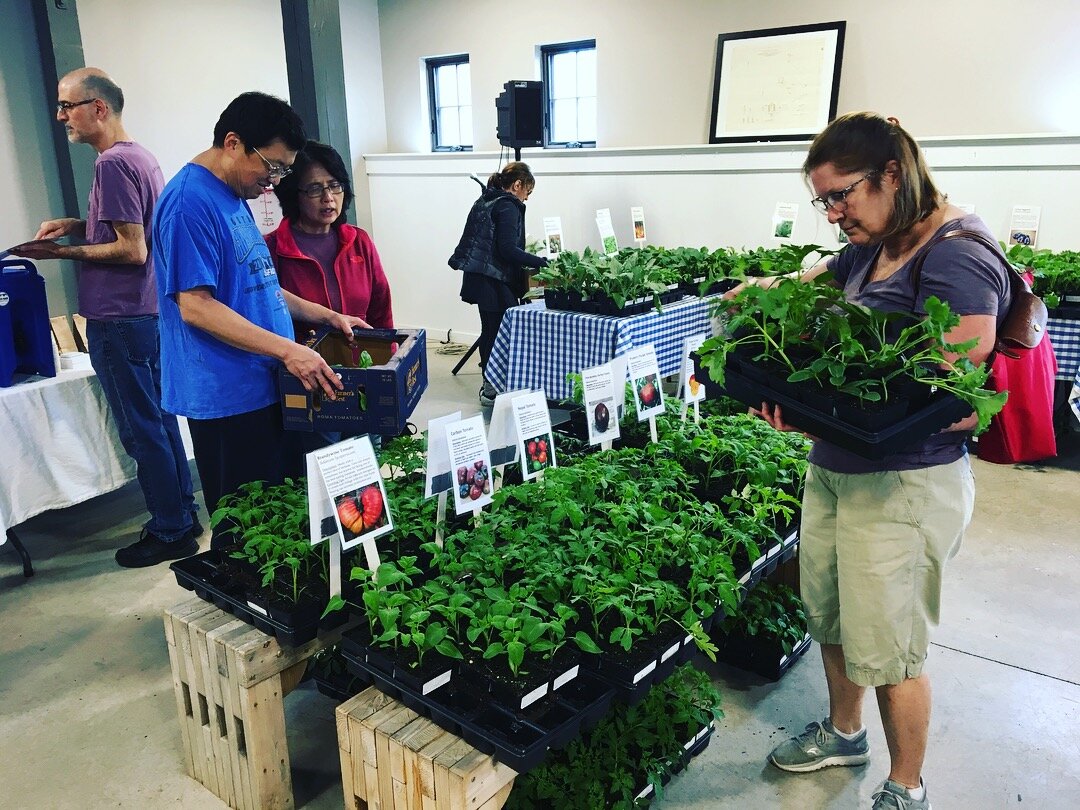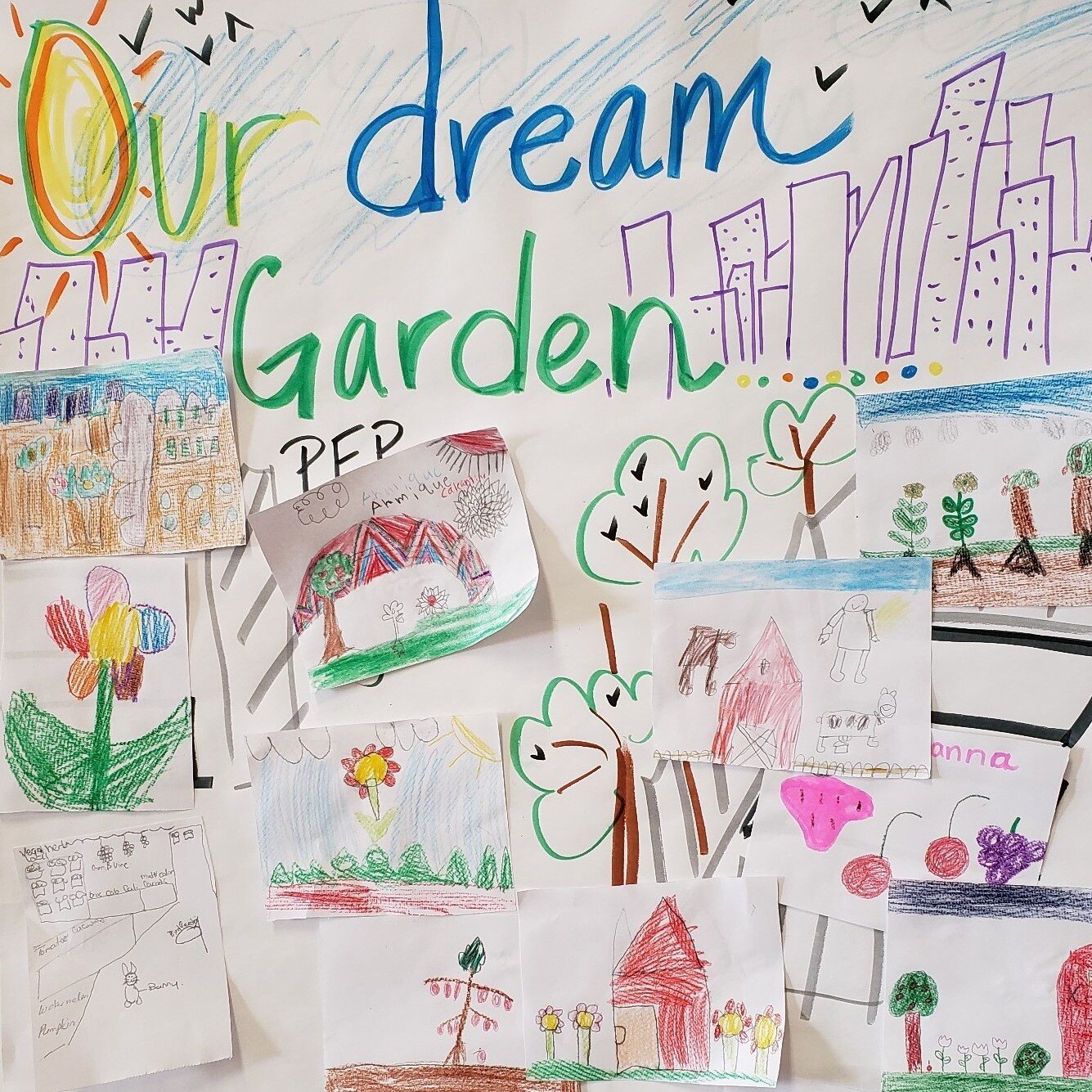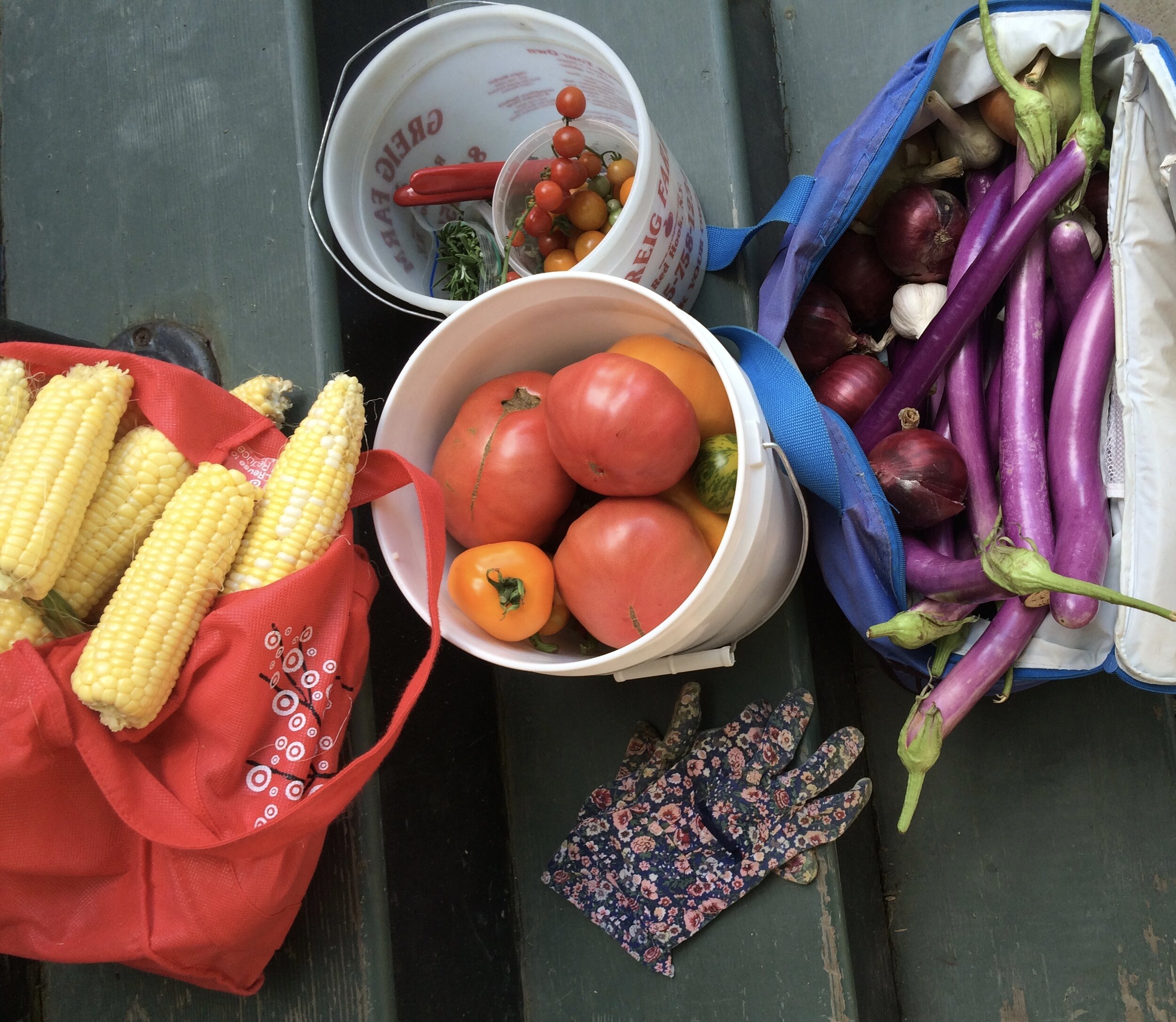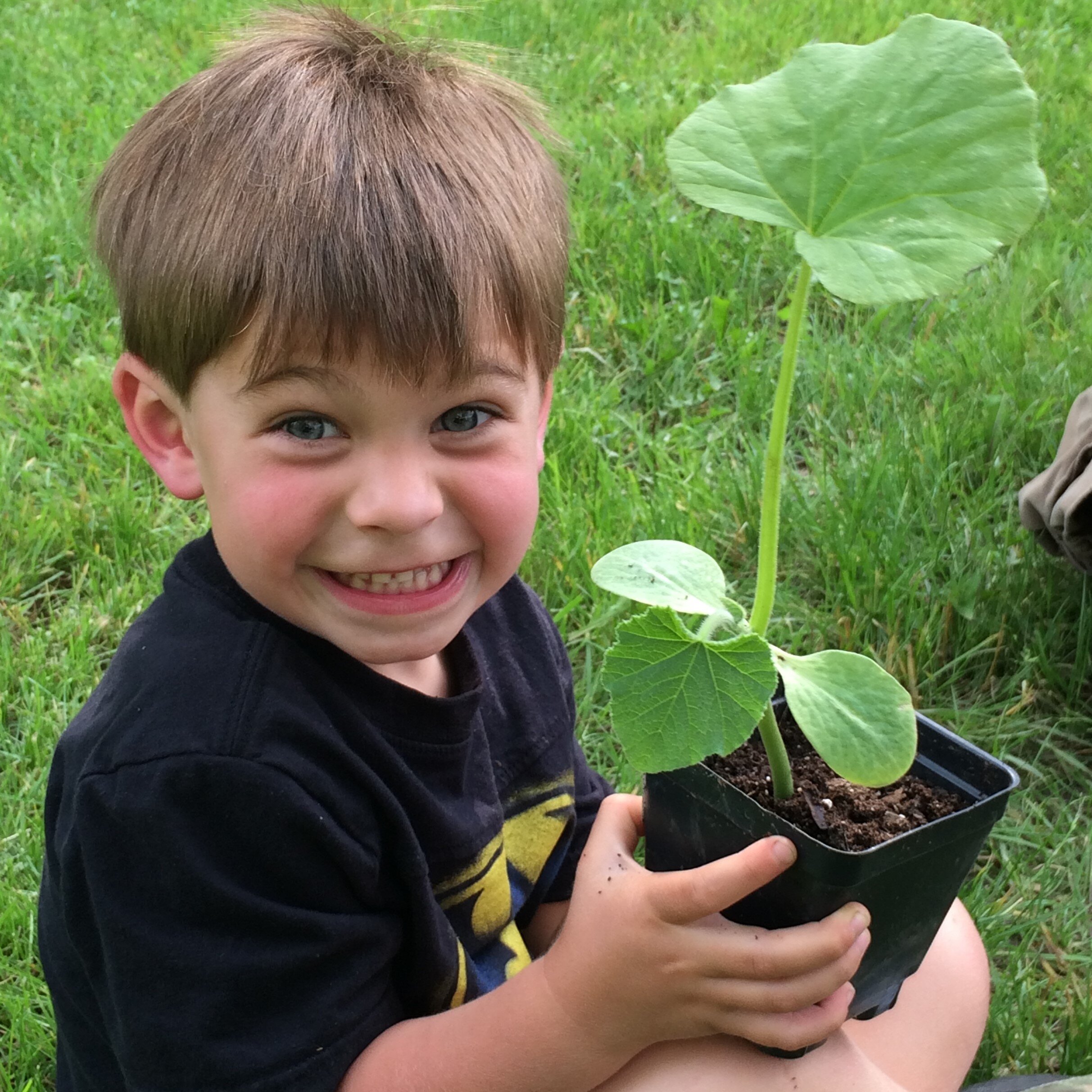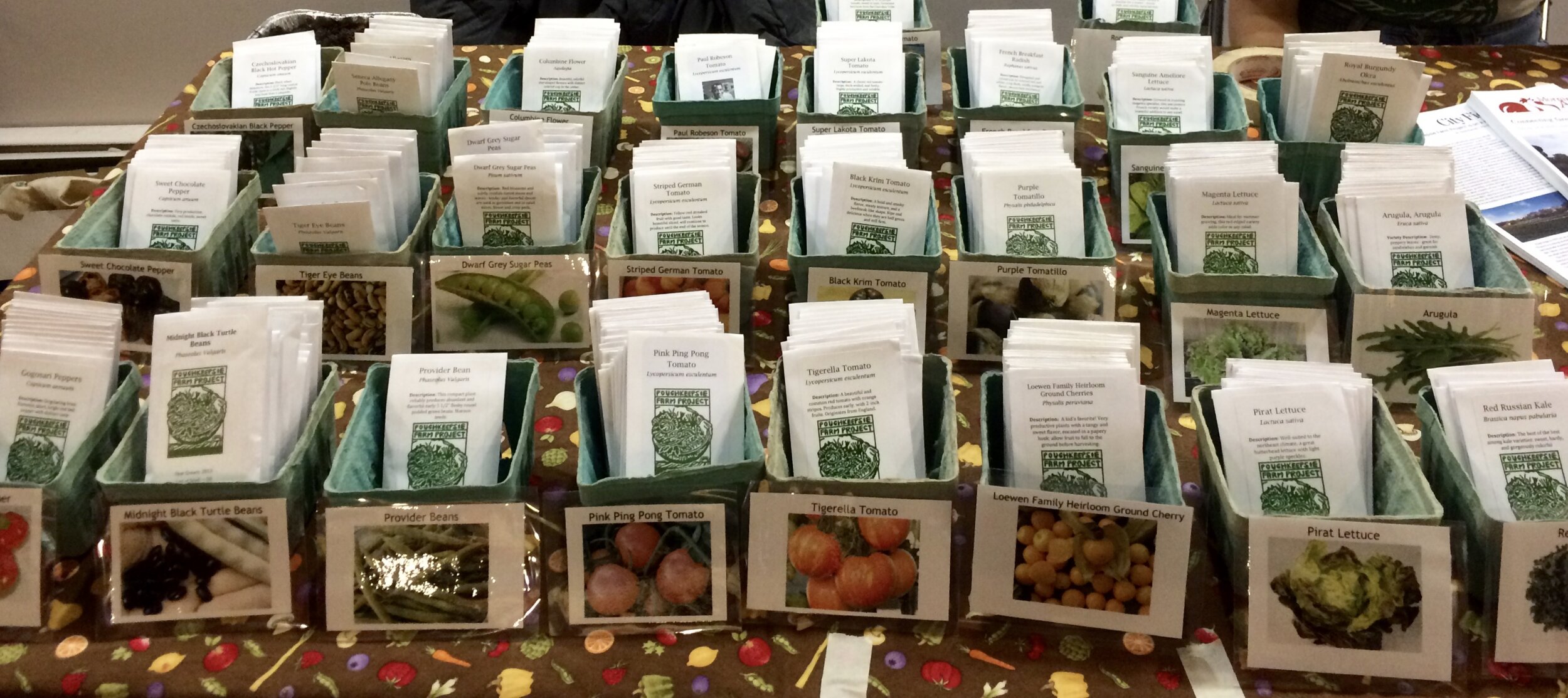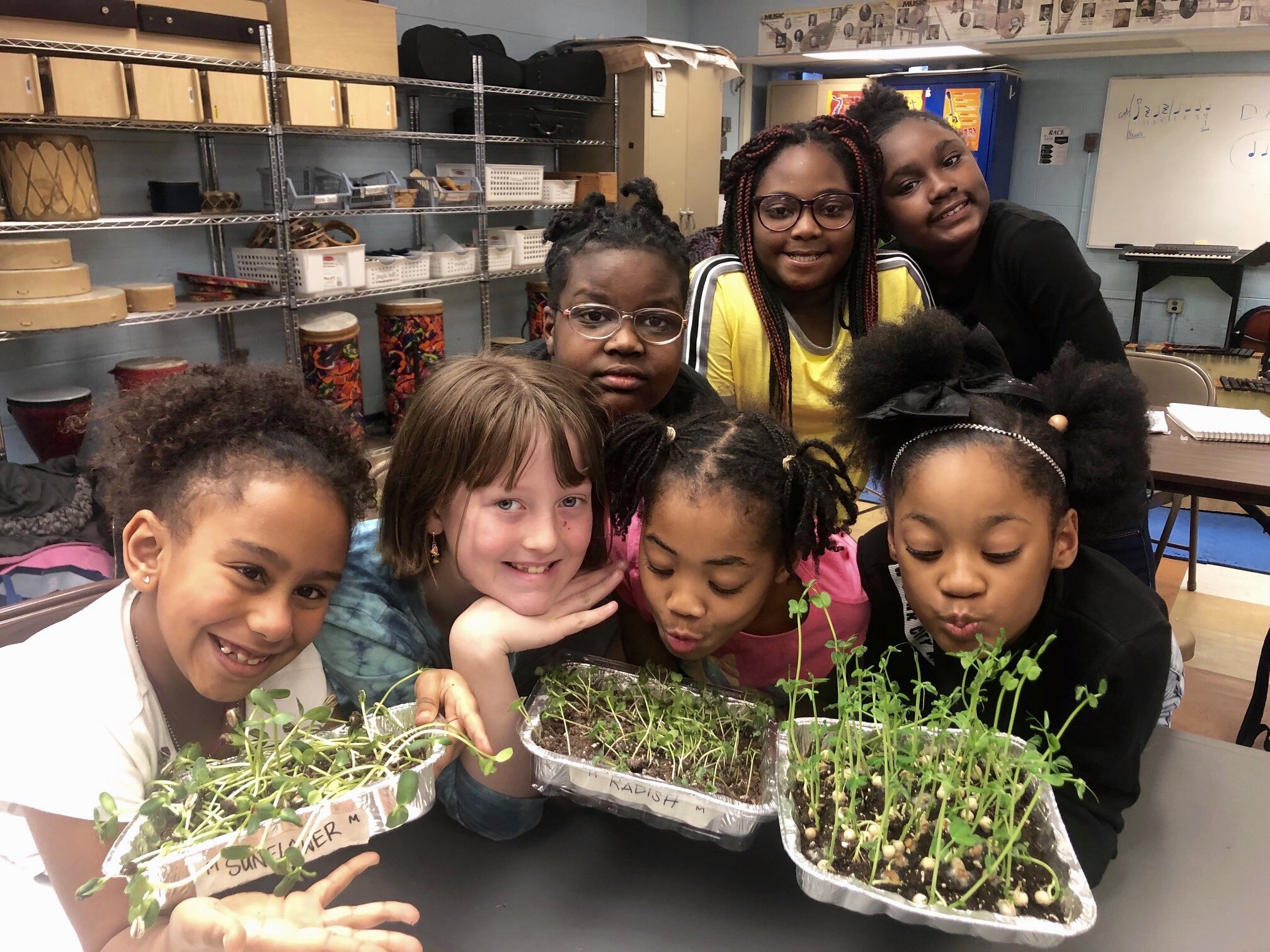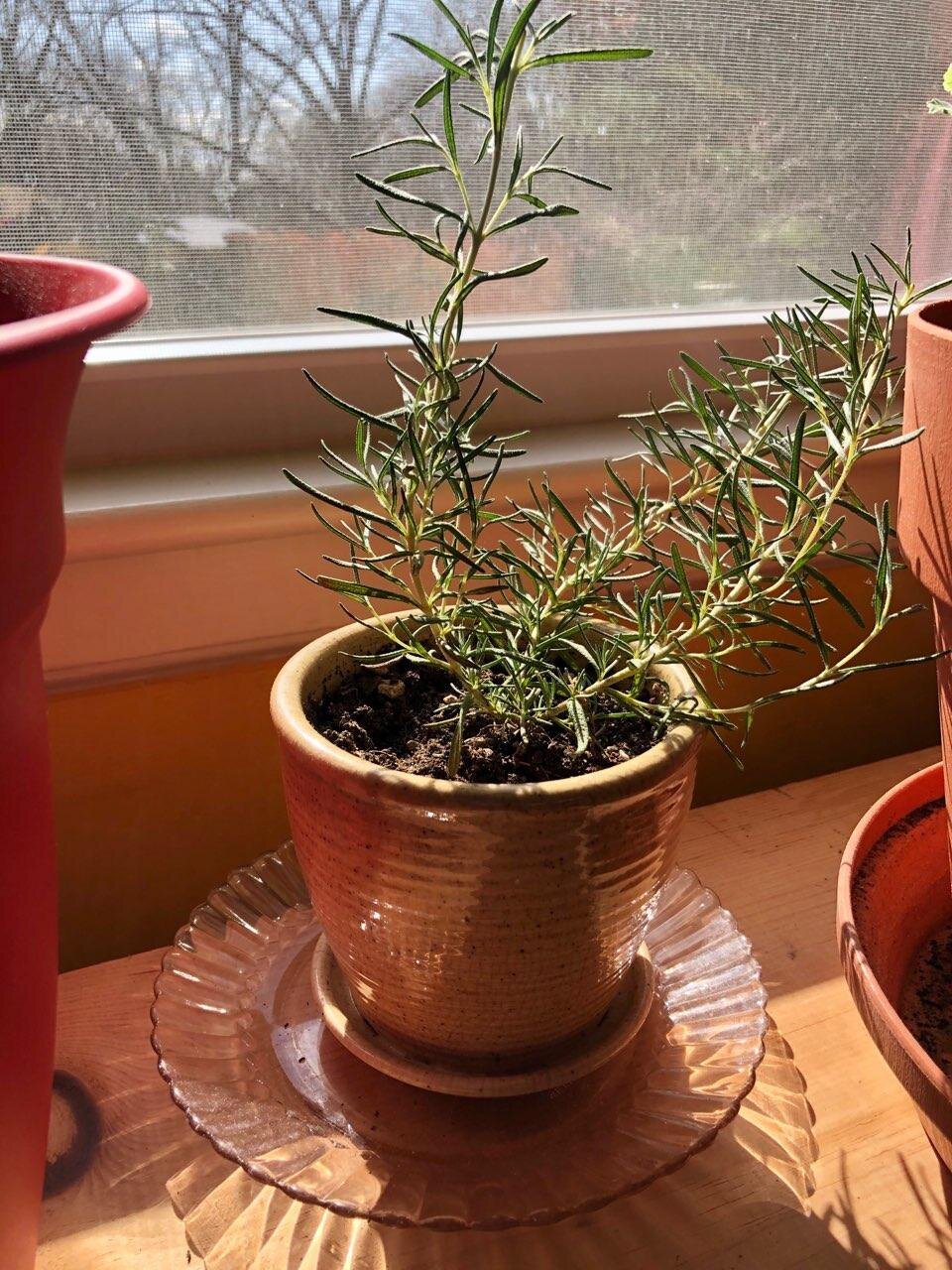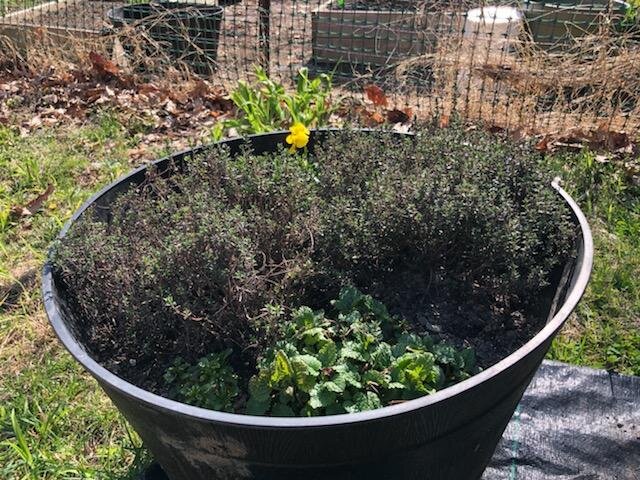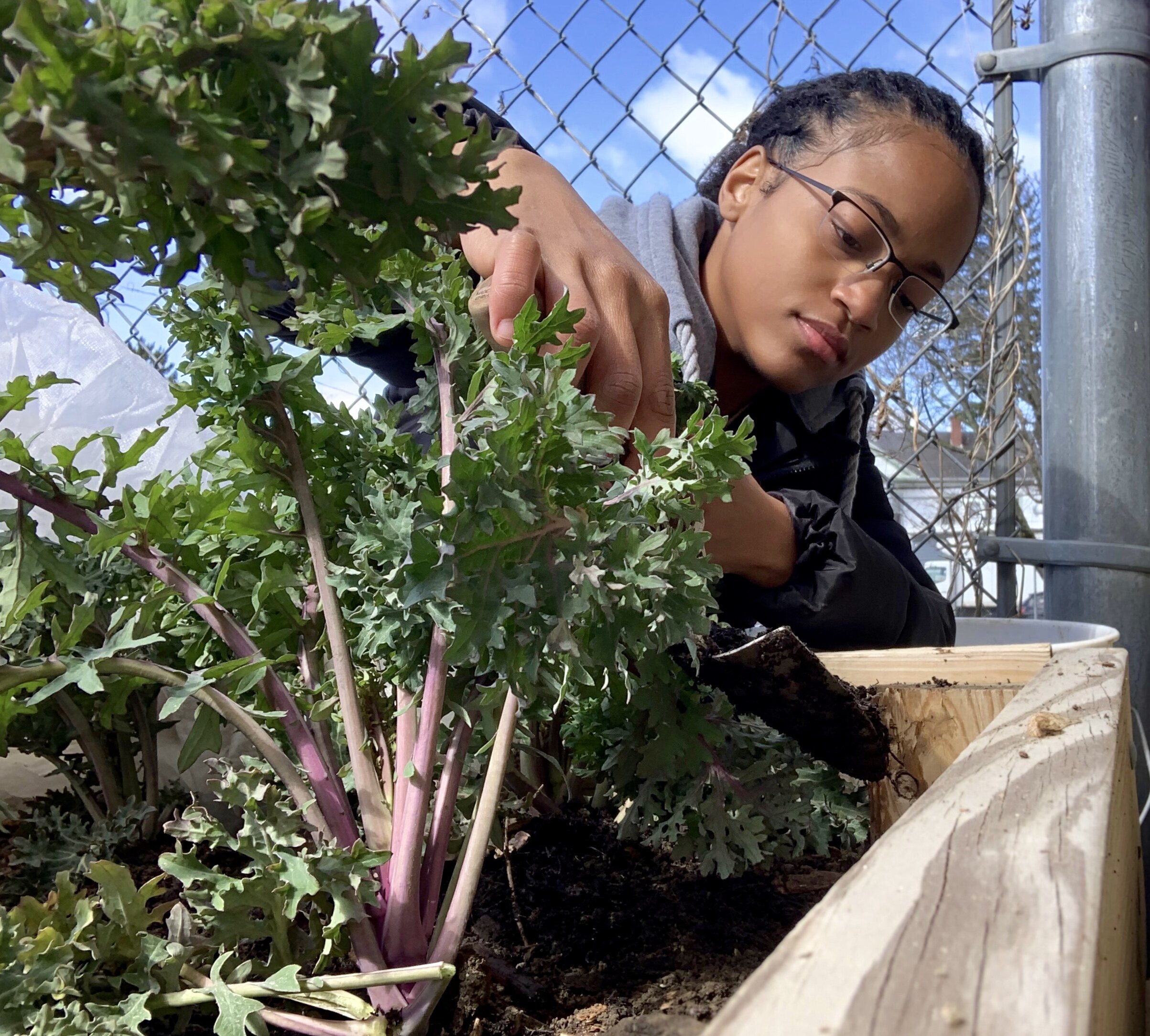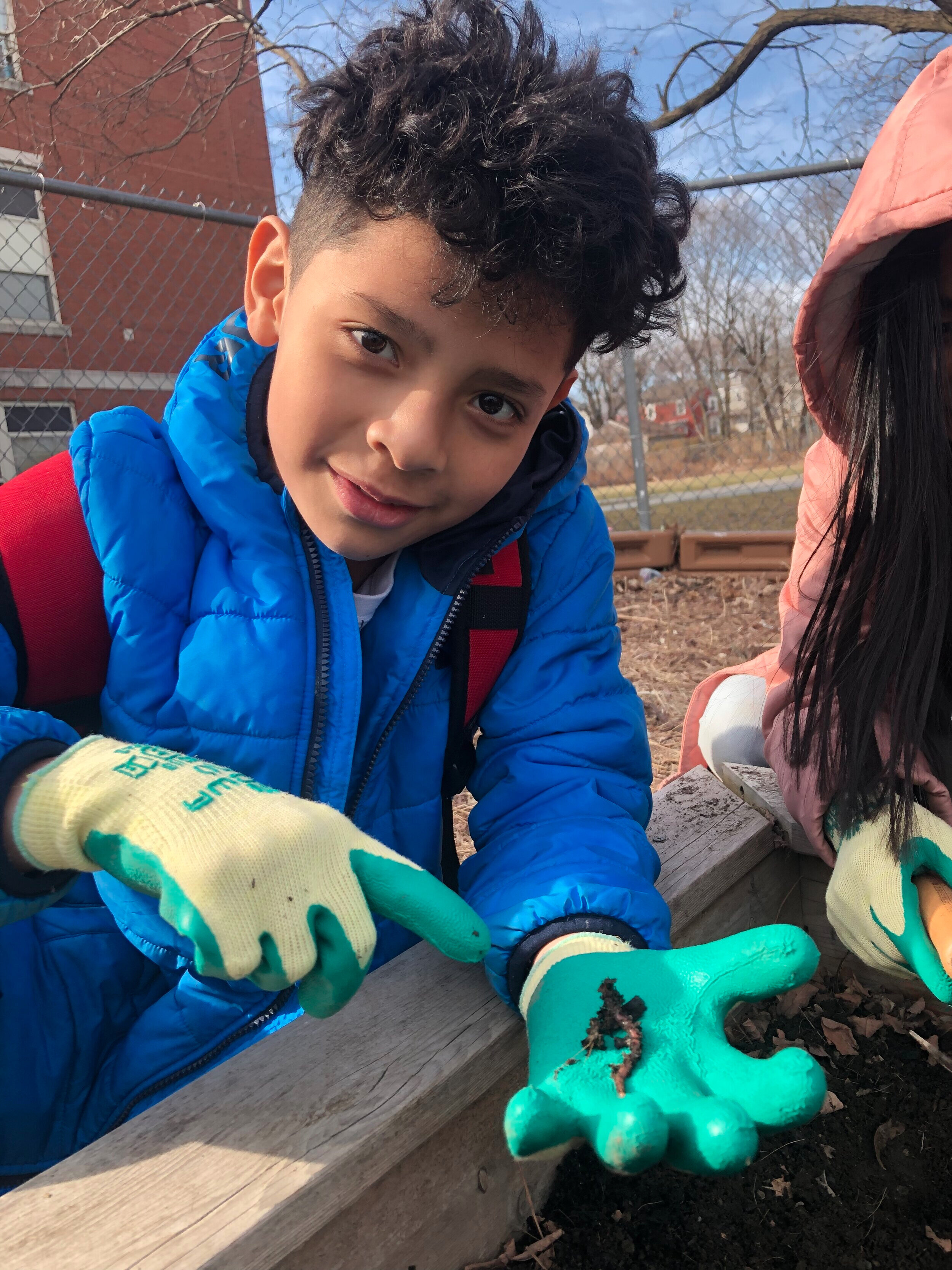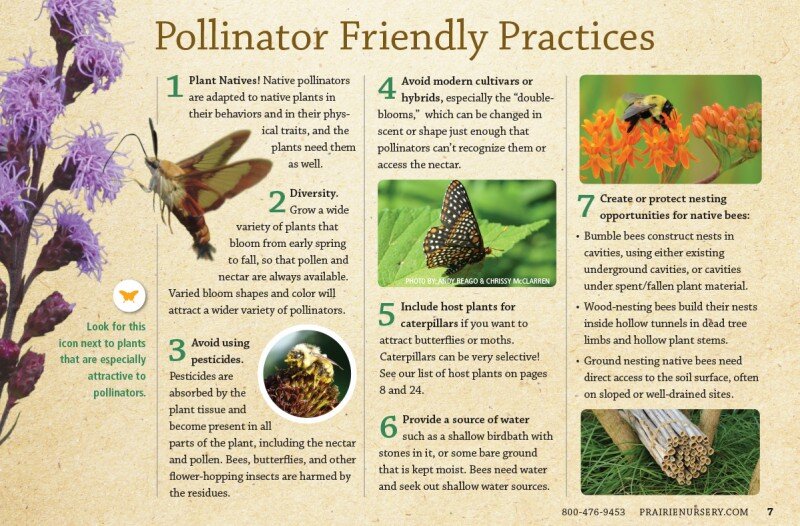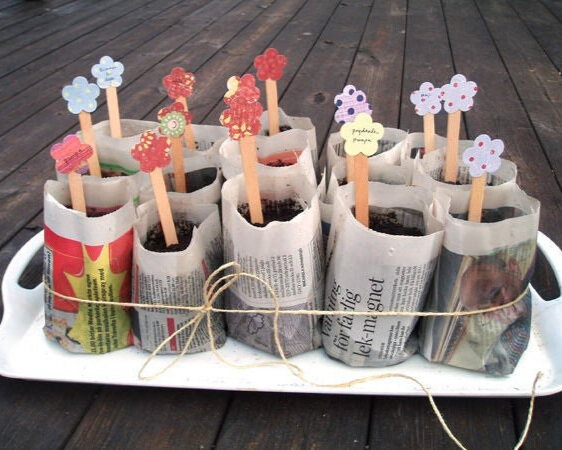Poughkeepsie Food Power: Week One: Planting Microgreens
Learn to plant microgreens with Lala and Rio. Microgreens are very young vegetable plants that you can grow inside and harvest after just 7-10 days.
You need:
a shallow container
soil, compost, or dirt
seeds
1. Moisten the soil
2. Add the soil to the container
3. Sprinkle the seeds onto the soil
4. Make sure they are in one layer
5. Cover with a moist paper towel, lid, or plastic wrap until they sprout
6. Put the container by a sunny window
7. Keep soil moist, but not wet
8. Remove paper towel or other covering as soon as seeds sprout.
9. Watch your microgreens grow
10. Taste your microgreens and add them to your favorite dishes
11. Post photos of you planting or harvesting your microgreens with #PokFoodPower and @Poughkeepsie Farm Project
Primera Semana: Plantar Micro-verdes
Aprende a plantar microgreens con Lala y Rio. Las micro-verdes son plantas vegetales muy jóvenes que puede cultivar en el interior y cosechar después de solo 7-10 días.
Necesita:
un contenedor poco profundo
tierra para macetas, abono, o tierra de afuera
semillas
1. Humedecer el tierra.
2. Agregue la tierra al contenedor.
3. Espolvorea las semillas en la tierra.
4. Asegúrate de que estén en una capa.
5. Cubra con una toalla de papel húmeda, tapa o plástico hasta que broten.
6. Ponlo al frente de una ventana soleada.
7. Mantén la tierra húmeda, no mojada.
8. Quita la toalla de papel u otra cubierta tan pronto como broten las semillas.
9. Mira cómo crecen tus micro-verdes
10. Prueba tus micro-verdes y agrégalos a tus platos favoritos
11. Publique fotos de usted plantando o cosechando sus micro-verdes con #PokFoodPower y @Poughkeepsie Farm Project





